|
27th October 2020 Gaming night at 'The Sovereigns' in Woking continues in what would the last game of the last meetup before Lockdown 2 came into effect. The third and final game of the evening was 'Skulls of Sedlec', in what seems to be a game about digging up skulls and then errr... proudly displaying them in a pile for all to see? Skulls of Sedlec is a microgame that comes from microgame publisher Button Shy who appear to specialise in creating games with 18 cards. Their games are hand crafted and they aim to release 1 a month. What's in a game? As is befitting the name microgame, Skulls of Sedlec is small enough to fit in your pocket.
The wallet is of course a bit of a gimmick, but it's a nice addition and I like it. How's it play? Set up
The objective of Skulls of Sedlec is to create a pyramid shaped layout of cards. Points are scored depending on how cards are placed in relation to other cards. The size of the pyramid depends on the number of players but always has 3 layers of cards and thus 6 layers of skulls. Layers of cards are 'offset' (Like bricks in a wall.), this is important when calculating which cards are 'adjacent' to other cards. On to playing When 'building' a pyramid, players must start at the bottom and work up, thus there must be at least 2 cards in a layer before a card can be placed on the layer above. In their turn, a player can perform 1 of 3 actions.
Endgame Play continues until all cards have been taken and played into pyramids. Then pyramids are scored, there are 5 class of skull and thus 5 ways to score points.
Highest score wins. Overall
Simple to learn, but lots to think about. Skulls of Sedlec packs a some solid gameplay into a tiny package. I really like that the face-down stacks of cards visually represent a graveyard and 'digging' turns them over. It's a clever touch and good example of maximising what's available in a game. Less can be more. The 2 card hand limit is a great mechanic too: It gives players enough choice to give them tricky decisions, but it stops players from hording cards - making their decisions easier. Every card can potentially score points, so every decision when playing a card is meaningful and you really can't ask for more from a game in my opinion. Skulls of Sedlec is a 2 or 3 player game. It's worth noting that that there's an expansion that takes the player count to 4, adds a new class and increases the deck size up to a heady 24 cards! A good little microgame that is a perfect filler with some depth. One I'd like to own and that's not just because it comes in a neat wallet (Although it does add to the appeal.). I'm just glad that the publisher hasn't started numbering their wallet games, that would be too hard on my real wallet!
0 Comments
27th October 2020
Gaming night at 'The Sovereigns' in Woking continues. Next it was time for the return of an old classic and favourite of mine... Port Royal, read my blog about it here. 27th October 2020 Tuesday evening is here and I'm at 'The Sovereigns' in Woking with the Woking Gaming Club. Time for the first game of the evening; Karuba. Have you fancied yourself as an explorer just landed on some unmapped jungle island? Well in Karuba you control not just 1 explorer, but 4! All in a rush from beach to jungle in order to find temples, treasure and ultimately glory first before everybody. What's in a game?
How's it play? Set up The set up for Karuba very straightforward, if a tiny bit time consuming.
Gameplay for is very straightforward. Players are trying to move their explorers to the temple of the same colour. Unsurprisingly, this is done by laying tiles and moving the explores along the paths that are created. Karuba has no turns, everyone makes their choices at the same time.
Endgame Play continues until one player has moved all 4 of their explorers to the relevant temples, or as is more likely until the caller has depleted their entire stack. Players add the points of all the scoring tokens they've collected and the gold and diamond tokens, gold is worth 2 points and diamonds 1 point. Highest score wins. Overall
Despite the simplicity of the rules, Karuba gives players lots of decisions to make nearly all the time. The most common of these is whether to play a tile or discard it for movement. This is a very elegant mechanic, the best tile to build paths with is the crossroads, because it gives you the most options. But the crossroad is also the best tile to discard for movement, as it give you most movement. Early in the game, you'll obviously be wanting to play the tiles more often to build up your paths, but you can't afford to play them willy-nilly. A meandering path is something players will want to avoid. You may end up putting tiles in seemingly unconnected, random places, hoping to get the right tiles later on! Players have limited rounds in Karuba and will want to build their paths as efficiently as possible. The game has an absolute maximum of 36 rounds. If you look the photo of my gameboard from the end of the game. All 36 tiles were drawn. This means I played 19 tiles, which means I moved 17 times, whilst I managed to get 3 explorers to their destination, the blue explorer barely managed to leave their starting spot. Movement may also provide difficult decisions. For example; you may have an explorer who is just 1 step away from a treasure or a temple but have just drawn a crossroads tile which grants you 4 movement, using it on 1 movement can be a waster. Do you use it to move another explorer to maximise it's value, or do you use 1 movement to complete an objective and waste the rest of the movement? Also, when moving explorers, players will need think ahead a little, a badly placed explorer can block their colleagues, meaning it might require an entire round to clear the path. Only towards the end of the game, when I had connected everything up and reached 2 temples, did the decisions become no-brainers. But because the game is played simultaneously and other players were more or less in the same situation: There was little downtime between rounds, which passed very quickly. Karuba is a quick game to play anyway, if a player spends 1 minute deciding their move, the game has a play time of 36 minutes. The only small criticism I could level at Karuba is that there is no interaction with other players. Not a problem for me personally, but it can be for others. Otherwise I thought it was a good game. Quickly and easy to learn, quick and fun to play. Anybody can learn and play Karuba. It's such a visually driven game that players should quickly comprehend what they need to do. It's a game that's definitely going on my list. 20th October 2020 Tuesday evening in Woking at 'The Sovereigns'. Time for a boardgame with the Woking Gaming Club. Tonight's game was 'Ride the Rails'. Now Ride the Rails looks like a traditional railroad building game set in North America, but it has a few wrinkles that make it play a bit differently. What's in a game? Some of the components will seem familiar to any that's played a railroad building game
You may have noticed that I mentioned shares, but there are no components for shares and no money either. Well, more on that below... How's it play? Set up
Ride the Rails is played over 6 rounds. It's important to know that there are only 2 train companies (Red & blue.) available from round 1. The orange becomes available from round 2, yellow from round 3, purple from round 4 and black from round 5. No new companies appear in the 6th and final round. Additionally, each company has it's own rules for the placement of train meeples. A round consists of 3 actions, which all players will carry out.
Endgame Play continues until the 6th round has been completed. Final scores are tallied, highest score wins. Overall
As you can see, Ride the Rails is pretty straightforward and simple to understand, it also plays quite quickly. Don't let the simplicity fool you though, there is a fair a amount of depth here. Firstly; Ride the Rails has the classic dichotomy in which competing players may need to cooperate. If more than one player has spent a turn investing in a certain company, it's to both their benefits to expand that company efficiently. Being able to gauge which shares will generate the most points is vital to winning, if a player manages to get 2 or 3 shares (Out of their 6) in a rail line that will see a lot of use, they can potentially rake in a lot of points. If a player however invests too quickly in a single company, it can scare off players who might perceive they are helping another player too much. Remember, 2 players can build up a network much quicker than a single player. Secondly, building rail networks. In the first round, red and blue train meeples can only start in east coast cities and must more or less head west. Should a player create a meandering network that maximises connections? Or should they race towards the west coast? No single rail company can cross the entire map, it will probably take the efforts of 3 companies to do that and this will involve crossing the mountains. This means it's unlikely that more than 2 companies will connect the east and the west. Making this connection first can be very lucrative, it forces other players to either use the rail network you've got shares in, or waste time building a separate network and just like with shares, each player will only have 6 opportunities to build their network. I think that Ride the Rails is a good game, that has a lot of elements that will be familiar to experienced gamers but actually plays a bit differently. You buy shares, you just take them and you don't pay to expand a rail network, it just happens. There is no money in the game in fact, money immediately translates into points. I definitely want to try Ride the Rails again. 13th October 2020 Tuesday is here and we're at 'The Sovereigns' in Woking. Time for the Woking Gaming Club to play a game and tonight we will be playing 'The Networks'. This is a game for the budding media mogul inside everybody; create TV shows, hire film stars, fire chat show hosts, stick advert breaks everywhere, well at least during primetime! Fun for everyone. When we played The Networks, a couple of expansions were also used. What's in a game? The Networks is a card game that has some nice additional components.
All the other components are standard, except the money tokens which are cool. How's it play? Setup
The Networks is played over 5 'seasons'. At the start of each season, TV show, star and advert cards a dealt in 3 rows. Network cards are only dealt out from the 2nd season onwards. After this, in turn order, players take 1 action each. This continues until there are no more actions that can be performed or all players have chosen to finish for the season, this is called 'drop & budget'. The actions are:
Endgame The game continues for 5 seasons, at the end of the 5th season the shows are still aged. Then a 6th season is scored (No new cards or other actions occur). Accumulated audience figures are tallied, highest score wins. Overall
The Networks has some cool design choices that give players interesting decisions to make. A player can keep going and acquire more stars and adverts for as long as they've got money, which can give them an advantage later on because having these cards in their Green Room means that it's easier and quicker to develop shows. But ending your season early gives you more money/audience, more importantly though, it allows the player to be earlier in the turn order for the following season. So when the new cards appear, that player will get first dibs. Because the game is very much about card drafting, players really have to think about how they prioritize their actions, as all players will be vying for the same cards. Players have to try and use their actions as efficiently as possible, there's a fine balance between doing all the actions you want to do and ending your turn quickly. All in all, The Networks gives players important decisions to make throughout the game and that's a good thing. 10th October 2020 Saturday has rolled around again and I'm in the living room, logged on to Skype. This means it's time for the final session of Matakishi's Merry Outlaws campaign. Location: The Badger's Set. A day ago Sir Nigel had confronted Sir Gaston in his camp at the southern side of Hexham. This was a matter between knights, so we left them to it and went back to the forest. Now, the next day had come. Dawn sunlight glinted off the dewy landscape and cast long morning shadows as we marched northwards out of Caucy forest and through the heathland to Hexham. Sir Nigel's forces were nowhere to be seen and it seemed as if Sir Philippe's and his men had departed. Something must've occurred yesterday. Upon entering Gaston's camp, we were confronted by guards. After showing them Lady Margaret's ring, they granted us access to Sir Gaston. Gaston was curious, he wanted to know how we came by this ring. We replied that Lady Margaret had gifted it to us after we helped to recover her wedding gown and foiled Conrad's poison plot. He was surprised as he thought Clugney had recovered the dress, however he seemed satisfied by our answers. Now that the small talk was out of they way, we asked Gaston what had happened to Sir Nigel? Gaston explained; after Nigel had issued him a challenge, Philippe had taken it upon himself to attack Nigel. They exchanged several volleys of arrows, which resulted in Philippe's death. Nigel had also been struck down by an arrow and his men retreated, carrying him off. Gaston was unaware of Nigel's fate. Following this, the majority of Philippe's men had packed up, left and headed east, some had stayed and joined Gilbert's or Gaston's camp. Next, we spoke at length about Sir Michael Somerville. Gaston was aware that Michael was at Hexham's north gate. He was unsure of Michael's motives and feared that if he attacked Hexham, Michael might wait for him to do all the hard work, then sweep in to finish the job, seizing all the glory. Gaston was considering attacking tomorrow. Quietly, Gaston confided that he would not be unhappy if Michael were to meet with an accident. He promised to pay us a thousand coins apiece and make us officers in his army if we took care of matters. We agreed to his terms, in truth we were undecided about how to deal with Sir Michael, but felt there was no harm in complying with Gaston, at least for now. Since there was no news about Sir Nigel, we decided to learn whether he lived still or not. This took us along the road through The Forest of Caucy and past the Knavesmire ruins. It was a quiet journey. Once this leafy forest road had carried a small but constant stream of travellers and peddlers, then it became host to bands of roaming soldiers, now it had become all but unused. The only people we encountered were our own diligent outlaws, dutifully but vainly watching the road for potential targets. Soon enough we reached The Fork and decided to go to Wedgemore first. Wedgemore was the same as always, fortunate to survive this conflict unscathed. We found a small number of Nigel's archers in Wedgemore, they informed us that Sir Nigel did indeed still live and was convalescing at Wenham Castle, on account that Wedgemore Castle was still uninhabitable. So to Wenham we went. Crossing the River Scarmore we entered southern Wenham and approached the castle. The damage suffered by Wenham was still in evidence everywhere, but the oppressive gloom that had been cast by the Teutons and Osric had evaporated. People were slowly returning and the residents were now busily going about the tasks of repairing and rebuilding Wenham. More of Sir Nigel's men were guarding the castle gates and even though they recognised us, they denied us access. "Sir Nigel is not seeing any visitors at this time," they told us. There was nothing more that we could achieve in Wenham, instead we decided to observe the Sir Michael's army north of Hexham. Leaving Wenham behind, we entered the forest once more and headed eastwards to its furthest reaches. Sir Michael's besieging army was unchanged. Whilst observing them, we noticed that various foraging parties had been sent out to feed the camp. Once again, the farms of Little Wenham were forced to endure the pillaging of an invading army. Foragers were also moving west along Caucy's northern border, they did not venture very deep into the woods though. As we were watching them, we concocted a plan. Marching back south across the Scarmore, we searched for some of Sir Gaston's own foragers from the shady confines of the forest. It did not take long to find a foraging party of seven and we ambushed them. The battle did not last long after unleashing a couple of volleys of arrows upon unsuspecting foragers. Quickly we hid their bodies and their cart in the forest. Then we searched them, the cart was filled with food, but more importantly, the dead men all wore Sir Gaston's colours, so we took their badges. Once again we marched, this time back to the north edge of the forest again and once again we watched for foragers from the shady confines of the forest - this time for Sir Michael's foragers. Once again, it did not take long to find some and once again we ambushed them. This time it was different though! We were wearing Gaston's colours and tried to speak with French accents when we attacked! We took down four of them and allowed the others to flee, deliberately missing them with our shots. Hopefully when they reported back to their camp, they would report that they had been attacked by Gaston's men. We then hid the bodies and cart of Michael's men and took their badges too! During the remainder of the afternoon, we harried all of Michael's foraging parties that we encountered. Never intending to kill anyone, but to convince them that they were under attack from Gaston's forces. We hoped provoke Michael into attacking Gaston. As the day began to close, we did not see any response from Michael's army. We had to learn if we had been successful, remembering that Gaston might attack tomorrow, time was not on our side. We needed those answers now! We had badges in Michael's colours and one of his carts, so we disguised ourselves as foragers and approached his camp. Sir Michael's camp was well guarded, but no one suspected anything and we easily infiltrated it. Even so, we had to tread carefully, we were now surrounded by three thousand soldiers who would not hesitate in killing us if they ever discovered our identities. The onset of night was nearing, the day's colour was fast draining out of the sky. Numerous campfires had been lit and their hazy orange glows held back the twilight in illuminated spots throughout the camp. Food was being cooked and men were gathering round, turning their hands and feet to the warmth. It was a perfect opportunity to hear some gossip and we were not disappointed. Talk of attacks by Gaston's men was rife in the camp. 'We were supposed to be in it together' was a common sentiment. Soldiers also questioningly spoke of how Gaston had managed to get his men on this side of the river and navigate through the forest? We realised that no one in the camp was aware of the two fords in the forest that crossed the Scarmore. Finally, men spoke of Michael's reaction: Upon hearing of the attacks, he was now considering attacking Hexham without delay in the morning. We had indeed provoked Michael, but not in the intended manner. This was not the best of news. Could Hexham resist the advance of both Gaston and Michael at the same time? This could not be left to chance. Finding Michael's tent was not hard, it was the only tent in the camp with guards. They did not however, guard the rear of the tent. We waited and night came, Mopsa slyly went to the back of Michael's tent. Slowly and quietly she cut an opening in the tent wall and crept in. Michael was asleep and undisturbed. Silently, Mopsa approached and slit Michael's throat and took his signet ring as proof. Then as a sign that Gaston was culprit behind this. Mopsa took Lady Margaret's ring and dipped it in Michael's cooling blood, then pressed the seal against his forehead. After this, she left the tent, no one was the wiser. If we remained in the camp when Michael's body was recovered, the guards would prevent anyone leaving and then, sooner or later we would be found out. The long, long hours until dawn passed uncomfortably, we were restless, wary and on edge. Eventually after an interminable wait, smudges of pale light began to appear in the eastern sky. We returned to our cart and headed out of the camp, telling the guards that we needed to make an early start on our foraging, they were not unduly suspicious and did not hinder our exit. Once the camp was out of sight, the cart was abandoned and we turned south and headed back to Gaston's camp. Dawn had come and gone by the time we arrived, there was a noticeable bustle as soldiers were up and about, busying themselves with various tasks. Gaston himself was easily found, shouting commands to the scurrying soldiers. When we gave him Michael's signet ring, he seemed most pleased and ordered his paymaster to give us three thousand coins. He then went on to yell even more orders and commands at his men. Gaston explained now that Michael was out of the picture, the siege at the north gate would end. This meant that Sir Roland would be free to leave via that route. Gaston said he had no choice but to attack soon. It seemed that no matter what how hard we tried, the assault on Hexham would proceed. We politely refused Gaston's invitation to join his army and left them mobilising for war. We had to find a way into Hexham and warn them of the impending attack. Hexham was a city built on both sides of the River Scarmore, which travelled its way through the heart of the city. The defensive walls of Hexham only reached as far as the riverbanks, riverboats could freely travel through Hexham. This could be the way in we sought. We followed the river upstream into The Forest of Caucy. Dotted along the banks and close to the easternmost ford lived some fishermen who eked a living out of this stretch of the river. We found one and paid him some coins for the use his boat. From here, the waters flowed downstream into Hexham, with the fisherman's boat we took to the river and allowed the current to bring us to the city. Some of the besieging forces were close to the Scarmore, but they paid scant attention to the sight of a mere three commoners in small boat on the river passing into Hexham. Once we had drifted beneath the bridge, we began rowing to the riverside and found a place to moor. Our landing had not gone unnoticed and after tying up the boat, a band of Hexham's guards came down to the river and demanded that we state our business. We told them that we bought important news about the army outside the city gates. They agreed to take us to the sheriff. As we walked through Hexham, it did not seem as despondent as we expected. None of the buildings appeared to have been boarded up, there were no dead-carts plying their trade through the city. Soon enough we arrived at the sheriff's office at the East Gate, we spoke with the sheriff and he explained to us that there was no plague in the city, it was a rumour that had been spread to misinform the besieging forces. After this, we tried to convince the sheriff of what was coming, that we needed to speak with Sir Roland, we even showed him Lady Margaret's ring. He refused to listen and this was evident when he ordered a score of his men on us. They did not attack us directly, instead they kept us at arm's length en masse with their spears and we were forcibly herded down the stairs into a familiar dungeon and locked up! Two long hours passed until we received a visitor. The face of a man we did not recognise appeared the door's small window. He spoke to us and asked us several questions, finally asking us what we had to do with his wife? Sir Roland! It could only be him. It was no time to be coy, we told him everything we knew. We even showed him the note that Lady Margaret had sent to Clugney about how she was about to strike. It was surprising then, to see that he found it all quite amusing? It was enough to convince him of something though, as he ordered the watchmen to unlock our cell. Then under the watchful eye of his own guards, we were taken to Hexham Castle and down into the dungeon? Sir Roland led us to a cell, within it we saw Lady Margaret! When she saw us, here eyes widened, perhaps she was hopeful we would help. She silently mouthed 'help me'. Sir Roland could not conceal a smirk, he waved her note to her and said. "These fellows seem to think you sent this!". It was staggering, if Lady Margaret hadn't send the messages... Then he had to have been Sir Roland. We had thought that Lady Margaret had been 'playing' Sir Roland, instead he had been playing her! Returning upstairs, Sir Roland explained that he had been sending the messages, spreading false rumours and misinformation, spreading inaccurate stories of the plague. It had been good enough to give them second thoughts on attacking. Sir Roland went on; all Hexham had to do now was hold until tomorrow, then all these matters would be resolved. Sir Roland the thanked us for our service and invited us to stay and to help defend Hexham. We had no love for Roland, but the welfare of Hexham's population did concern us. If Gaston's forces broke through, the people would be the ones to pay the price. So we decided to take Roland up on his offer. Before we took up our posts, we sought out Friar Nicholas and gave him the money that Gaston had given us. Gaston did not disappoint and soon enough at three past noon, his forces attacked. Fighting was fierce and the clamour of battle loud. During the fight Gaston would attack and be driven back, regroup and attack again. Hexham's defences held steady as assault after assault broke like so many crashing waves against the defences. As the day grew long, Gaston ordered his men to build gigantic bonfires and lit by flame, fighting continued into the night. Eventually though, Gaston's forces had to fall back for the remainder of the night. Having earned our respite, we slept fitfully and too briefly. Just before dawn we were woken and took up our posts. In the dimness and from our vantage point we could just about make out the activities beyond our defences. Gaston had gathered all of his soldiers into one formation, it looked like he was planning to one final massive push. As the dawn broke, his soldiers gave a bellowing roar, the ground seemed to tremble from their charge. Gaston held nothing back and struck at the defences with his full force. This time they did not fall back, nor could we push them back. As time passed, our defences weakened and finally broke. We flew to the streets and fought Gaston's men face-to-face. They were outnumbered and could press their advantage, however in this war of attrition, we could not hope last forever. It was midmorning when when beyond the melee, along the Knavesmire Road we saw another sizable army approaching, they displayed no colours. The column stopped at The Green and began to form up into battle order. Word had reached Sir Gaston that something was up, he had ordered his men to pull back, returning to The Green, to confront this new arrival. As Gaston's men were regrouping, the new army revealed their colours, unfurling The King's banner. This changed everything. Gaston could not hope to win against The King, who also blocked any route of escape, nor could he retreat into Hexham. He was stuck between a rock and a hard place and was left with only one option. Gaston and Gilbert surrendered to the King's men. It was over, Hexham had prevailed. The pair of them were marched off in shackles. Sir Roland quickly set about organising a feast of victory - and to thank The King for saving Hexham! It was a feast of grand size that emptied Hexham of much of its food, leaving the residents low on supplies. Some things we could not change. To Sir Nigel, he gave Wenham and Wedgemore. To Sir Michael's army which still lingered at Hexham's north gate, The King appointed a new Warden of the North. Soon after, the army left Hexham and returned north. Finally, as a reward to us, The King rescinded our status as outlaws and gave us Drumclog Castle and the freedom of Billige. We were now free to live in these places unmolested. Perhaps in the annals of Robin Hood, the deeds of The Merry Badgers of Billige would only warrant a footnote. Even so, a fine summer day had dawned for the simple peasant folk who were now free from the threats, violence and machinations that they had suffered. Billige and the surrounding settlements no longer felt the yoke of corrupt and oppressive lords. At least for now; who could know what the future might hold. It's true that no summer could last forever, not even an English one. Autumn will come and it too must yield to winter, but for now; there are days enough left to enjoy the summer. So ended the ninth and final adventures of: Calder Winterbourne, the wise and mouse-eater. Mopsa Hiems, Mopsacle Randulf The Red Black Stan Forever known as The Merry Badgers of Billige. Final ThoughtsMatakishi's campaign perfectly blended together the 'Merry Outlaws' rules and the style of play he used for this campaign. Merry Outlaws is a straightforward, unobtrusive light set of rules, there are no feats or special moves and never at any time did we feel like supermen. For most of the campaign I was no better at fighting than any guard. The only advantage we all had over our opponents were our hit points and to be honest; a couple of bad rolls and they would easily be whittled down to a dangerously low level. All of this served to give the rules a grounded feel. Meanwhile, Matakishi's campaign felt well researched and authentic (Not necessarily realistic which is arguably a different thing.). There was enough flavour to make it feel like a medieval setting, but not so much detail that it felt bogged down. The campaign was plotted in such a way that our influence and decisions had impact. Sometimes our actions influenced events, sometimes they spiralled out of our control, the mixture of the two felt compelling. All of this served to make us feel invested in the setting and campaign, which I think is very important, maybe the most important thing. I noticed that as a result we generally always remembered the names of NPCs, we remembered because we had a stake in the narrative. This combination of these two different factors led to a very enjoyable and memorable campaign. As a final final note, I'll add that we spent a lot of time learning how to write bloody stanzas! The Ballard of Calder Winterbourne 'Mouse Eater'It is unclear where or when the ‘Ballad of Calder Winterbourne’ originated. No copy exists with provenance earlier than the mid-fifteenth century (and that only a fragment). It is likely that early versions have been adapted by others over the centuries and sections re-written or entirely new text added, perhaps to add contemporary references, incorporate unrelated fragments or cover situations likely to be familiar to new, later readers. There is, for example, an oblique reference to a possible act of enclosure in the prologue, which must either be a poor transcription or later addition to a supposedly ‘medieval’ text. No reference to Calder Winterbourne exists in the historical record and it is therefore likely that, if he ever existed, his story has been greatly embellished or his tale is a combination of several stories combined in a convenient narrative thread.’‘It is unclear where or when the ‘Ballad of Calder Winterbourne’ originated. No copy exists with provenance earlier than the mid-fifteenth century (and that only a fragment). It is likely that early versions have been adapted by others over the centuries and sections re-written or entirely new text added, perhaps to add contemporary references, incorporate unrelated fragments or cover situations likely to be familiar to new, later readers. There is, for example, an oblique reference to a possible act of enclosure in the prologue, which must either be a poor transcription or later addition to a supposedly ‘medieval’ text. No reference to Calder Winterbourne exists in the historical record and it is therefore likely that, if he ever existed, his story has been greatly embellished or his tale is a combination of several stories combined in a convenient narrative thread.’ The Ballard of Mopsa Hiems 'Mopsacle'Rumble rumble in the village The Ballard of Randulf The RedStand and listen gentlefolk The Ballard of Black StanFine Alice from Billige, accused. 6th October 2020 It's Tuesday evening at 'The Sovereigns' in Woking and it's time for a boardgame. The main game this evening was 'Pan Am', a game about building up airline companies over the years and then watching as they bought out by Pan Am in exchange for shares! What's in a game? This game is set in 'The Golden Age of Air Travel', which I guess covers from the 'inter-war years' to the late 1960's. This is reflected in the games look and art, which has a cool retro look to it.
The game's components are all good and the game's art direction and quality are worth noting. This shows the game's attention to detail. How's it play? Setup The set up for Pan Am is pretty straight forward.
Event card Every round begins by turning over that round's event card. This determines some actions that will occur in the game.
Worker placement This is where the majority of the game occurs; Usually placing workers starts with the 1st player, but there is something called priority. This is explained in detail below, but basically any workers that were placed into the directive spaces in the previous round go first in placement order. There are 2 types of spaces a worker can be placed into.
So we go on to the five different types of worker action available to players. Players can obviously place down their workers in any other, but below is the order in which they are resolved
Expansion Pan Am airlines starts the game in the Miami city space. The die is used to determine how and where Pan Am expands. The number of times the active player rolls it is dictated by the event card. When the die is rolled, it will show one of two types of action.
Selling (Or being forced to sell.) routes is not necessarily a bad thing, it can be vital to winning the game. This is because Pan Am actually offers reasonably good money for a route. A 1 point route will earn a player 1 per round, thus if a player has it for all 7 rounds it will earn a maximum of 7 throughout the game. Pan Am pays 5 for a 1 point route. So long term, keeping a route earns more, but it's a slow drip of money. Selling to Pan Am gives the player a lump sum that can immediately be re-invested into claiming more routes (Or buying shares.). A 1 point route is worth 5. A 2 point route is worth 9. A 3 point route is worth 12. A 4 point route is worth 14. Obviously, there are diminishing returns here, but remember the class 4 aeroplanes will not appear until turn 6 (Unless an event card changes this.) and will only generate income for 2 turns. When a route is sold to Pan Am, the player reduces their income track by the value of the route and the aeroplane on the route is replaced by a Pan Am token. The aeroplane is returned to the player which is actually very useful. The amount of aeroplanes a player can have is limited to the number of aeroplanes available. Each player only has 1 class 4 aeroplane, so being able to use it, sell the route it's on and then use it again is the way to go. Players not only get the opportunity to sell routes during expansion, event cards and directive cards can also allow players to sell routes. Income Players earn an amount of money equal to their position along their income track. Buy shares Players can now buy shares, because this is the airline business, the only shares that matter are Pan Am shares. Players may buy as much Pan Am stock as they can afford, the price of the shares is influenced by the event card played at the start of the round. Since there is only ever 7 opportunities to buy shares, it's probably a good idea to try and buy them at every opportunity. Once all players have bought all the shares they want, the round ends. The first player marker is moved left to the next player and new round begins. Endgame In this game, no one cares about the little routes that you create, they only care about Pan Am. After the end of the 7th round, players tally up the shares they have bought. Highest number of shares win. Remaining money counts as a tie breaker. Overall
Pam Am does a good job of blending accessibility, depth and player options. Very rarely was there a meaningless choice in the game. Most of the time I felt that I could do with an extra worker or two. Maximising your workers is very important, as is knowing when to bid for something or not. The destination card and class 1 aeroplane auction tracks have a minimum bid of 0. There's potential to get stuff for free when other players have minimal interest in it. The key to the game I think, is selling routes to Pan Am at the right time, the prices are set a sweet spot of being good but not too good. Generally it's prudent to sell routes to Pan Am, but it's never a no-brainer - and that's a good thing. Ideally players will want to try and build routes close to Pam Am, hoping to get bought out. It's almost a counter-intuitive way to play. Since the game is ultimately all about Pan Am shares, you obviously need to buy as many as possible and the game only gives players 7 opportunities to do this. Stock prices generally start low in the game and rise continually throughout the game, this can put players in a quandary. Do you buy shares in earlier rounds when they are much cheaper and run the risk of lacking funds to compete in bidding? Or do you buy them later, hoping that your early investments pay off and give you more money to buy the invariably more expensive shares. Finally, it's quite interesting watching as Pan Am unfailingly spreads across the board, consuming everything in its way. I have the urge to play Pan Am again, that's always a solid indicator of a good game in my opinion. It's definitely worth trying. 6th October 2020 For the first time in nearly 7 months we're in Woking at 'The Sovereigns'. The last we were here was the 17th March! The Woking Gaming Club isn't really back up-and-running yet, but a few of us have raised our heads above the parapets to wave the flag and of course; play some games. The first game of the night was 'Medium', a light word-association card game. What's in a game?
How's it play? Before play begins the deck must be created, the number of cards used depends on the number of players. The deck is shuffled and the 3 crystal ball cards are shuffled into the bottom third of this deck. 6 cards are then deal to each player. Finally, the scoring tokens are laid out with the scores face down and the 1, 2 and 3 numbers displayed.
Endgame Play continues until the 3rd crystal ball card is drawn, which triggers the endgame. The game then continues until the current round is completed and all players have had an equal number of turns. Each player then tallies up the scores from the tokens to their left and right, highest score wins! Overall
There's not much to say. As you can see from above, Medium is a light game that may appeal to casual players, it is a game that can be quickly learnt. It's not a deep game either, random chance can play a part and sometimes you'll get 2 words that have no obvious commonality. There is some room for strategy in Medium though. The player that goes 2nd will have the opportunity to play a hopefully suitable second word. We didn't play the game extensively, but it seemed if a common word wasn't guessed first time, the 2nd and 3rd guesses weren't going to be any better. It's a strangely stressful game, I think it's because your guess will also affect your partner's score. Conversely; when it's not your time, observing how other people play is fun. One potential issue was the scoring, each 'level' of scoring has a 1-point variation in its score and some people are not fond of it. We house ruled it and used the other side of the tokens for scoring, a successful first guess would get 3 points, down to 1 for a successful 3rd guess. If you like somewhat stressful word-association games, then you might like this. Easy to learn and play, it's a reasonable little filler game. 3rd October 2020 Saturday night in the living room and logged into Skype. We may a player down, but Matakishi's Merry Outlaws campaign continues. Location: The Badger's Set. We had successfully liberated Billige from the yolk of The Black Company and defeated Matterson the Cruel. After some discussion, we decided that we should press on against The Black Company. Their leader, Thorbjorn Neilson had assumed Clugney's seat in Wedgemore, this is where we decided to go. We instructed The Crows to watch the road and 'relieve' any passing supply convoys or soldiers of their possessions. Taking the Welshmen with us, we journeyed through the forest uneventfully, but we stopped short of leaving the tree line and observed from the safety of the shady foliage. Wedgemore was as prosperous as it had always been and the residents went about their business normally, seemingly unaffected by the violence that had afflicted all the other local settlements. As we watched, we could see small groups of soldiers patrolling, each consisted of about half a dozen of Clugney's men begin lead by a man-at-arms from The Black Company. Wedgemore Castle was still uninhabitable and the tent camp was still in use. we spotted Thorbjorn, he was residing in one of the signature black and white tents favoured by The Black Company. The other black and white tent was occupied by his retinue. The direct approach here was not much of an option, there were too many enemies. Instead we discussed our next step. That next step, it appears would be a devious one. Mopsa still had the poison given to her by Mother Benevolent. We knew that the servants in Thorbjorn's retinue would provide him with food and drink at mealtime. We came up with a plan to poison his drink. The best time to poison him was at breakfast we surmised. So we waited until the fall of night and in the hours between midnight and dawn, Mopsa slyly entered the camp. It was quiet in the camp, there was no movement. Shrouded by darkness, Mopsa crept between tents, making her way until she found the servant's tent. Quietly, Mopsa entered the tent. Inside it was pitch black, Mopsa couldn't even see her hand in front of her face. It was too risky to have any kind of light, Mopsa had to very slowly navigate the tent in the darkness. Eventually, by touch alone she discovered the serving jug. Mother Benevolent had told Mopsa that there was enough poison to kill about six people. Mopsa poured about half of the poison into the jug. The servants would not pay any attention to such a small amount of liquid in the jug when they filled it with beer in and handed it over to Thorbjorn in the morning. He would drink it, the poison would do its thing; job done. Mopsa now had but to leave the tent and return to the forest. As she made for the exit she stumbled over something. There was a splutter and a grunt, one of the servants had woken. Mopsa lay on the ground, holding her breath. In the dark she could hear the rustle of clothing and blankets, still she waited, breath held. The movement and rustling continued for a few more moments. Then Mopsa heard the recognisable sound of someone flopping back down to sleep. Mopsa waited a few more moments, there were no more sounds of movement. Mopsa made for the exit again - this time even more cautiously. After making it out of the tent, Mopsa returned to the sanctuary of the forest. Now all we had to do was wait and watch. Dawn was still a thin rosy band along the eastern horizon when the Teutons rose at five o'clock. As the camp stirred, we watched the servants bringing food and drink to Thorbjorn. An hour passed as we continued to watch. We saw one of the servants come out of their test, he was coughing blood and collapsed! The wrong person had been poisoned. There was alarm, but nobody seemed suspicious at the cause of his demise as they carted off his corpse. Not be deterred, Randulf came up with a possible solution to our dilemma: Now that the servant was dead, he would need to be replaced. Randulf disguised himself as a resident of Wedgemore and approached Thorbjorn's remaining servants and asked for employment. The servants seemed quite happy to employ Randulf: He spent the day as their general dogsbody, they worked Randulf quite hard through the day whilst they relaxed. Randulf did however get the opportunity to search their tent in the afternoon. He found several serving jugs, including one that was particularly well made, this must have been the jug used to serve Thorbjorn. Carefully, Randulf tipped the remaining poison into this jug. As the day wore on, the servants prepared Thorbjorn's evening meal. Randulf saw that they filled the poisoned jug with beer and took to him. When no one was looking, Randulf nipped back in the tent and stuffed the now empty vial into a servant's sleeping bag. An hour later, a bellowing roar came out of Thorbjorn's tent. The Teutonic knight came staggering out coughing blood, he walked a few swaying steps before toppling to the floor. He was dead. The Black Company men-at-arms were highly suspicious now, they had seen two people to die in the same way on a single day. They suspected poison - and they were right to do so. The men-at-arms rounded up all the serving staff, as Randulf was the newcomer, suspicion immediately fell on him. But as fate would have it, one of the soldier returned from having searched the servant's tent. He had a vial in one hand and and some blankets in the other. The servants were questioned and the one identified as the owner of the blankets was dragged away. Without delay, the men-at-arms began torturing the poor servant. He squirmed and screamed but did not admit to the poisoning. Meanwhile, the remaining servants - including Randulf were still kept in custody. The torture continued for some time, but still the servant vehemently protested his innocence. The soldiers were less convinced of his guilt now and some of them were beginning to give Randulf sidelong glances. It was only a matter of time before the men-at-arms came back to Randulf. We had to get him out of there and fast! There was no time for a clever solution, instead we had to use the direct approach. Along with the Welshmen, we launched a volley of arrows at the soldiers keeping the servants in custody. Our aim was true and we landed several arrows on target, thinning their numbers. With alarming skill, the men-at-arms reached for their weapons, turned to face us and immediately formed a shield war and began advancing on our position on the edge of the forest. We loosed a second volley into the shield wall, it was much less effective, but it kept their attention firmly fixed on us. This gave Randulf the opportunity he needed to make good his escape. As he did so, one of the servants tried to hold him back, but Randulf simply swatted him away and being swift footed, easily fled into a different part of the woods. The rest of us also retreated into the woods. We all met up soon enough and returned to The Badger's Set. Poisoning was a rather nasty way of meeting your fate and it had been a messy end to Thorbjorn's messy end, but the deed was done and that was what counted. The next day came. Next we decided to travel to a place we had yet to see; Wenham and Wenham Castle. We were certain that the road to Wenham would be guarded at the bridge. Instead we decided to cross the Scarmore River at the western forest ford. Once again, we took the Welshmen with us, the others would be left watching the road. With Knavesmire abandoned and The Crow Folk leaderless, the forest of Caucy north of the road had become a quiet, somewhat remote place. We marched along the woody trails and verdant winding paths in an unremarkable journey. We emerged from the trees somewhere between Wenham and Little Wenham. Little Wenham had suffered the encroachment of The Peasant's Army, we thought it prudent to check on the settlement first. Farmers had returned to their homes and fields, they were busy repairing the damage and vandalism done to the land. Crops and been stolen or churned up, farmland would need reseeding. The Peasant's Army's advance had been halted before they reached Little Wenham and it had been was mostly unchanged. Turning south, we saw small bands of people and families walking north out of Wenham with whatever belongings they could carry. It was a scattered but definitely constant stream of people. Stopping some of these people, we asked them what the situation was like in Wenham? Their answers were not good. Once the defences at the bridge had fallen, the Teutons and Clugney's men had swept in, sacking Wenham, killing, burning and looting at a whim. Among the invaders was a man dressed entirely in black, he set on himself to destroy Wenham's church and persecute the parishioners. They had no choice but to flee. We gathered together as many of the refugees as we could and told them that they could find safety at Billige if they chose to go there. Most of them found this agreeable and we instructed the Welshmen to lead them through the forest to Billige. Continuing south, we came upon Wenham's northern gate. It was a typically walled town, guarded by Clugney's men, they seemed very relaxed and paid us no attention as we came into the town. It was obvious to all that Wenham had endured an attack. From broken windows and sundered doors to burnt and blackened ruins, seemingly every building showed evidence of damage. Smoke still rose from the southern half of the Wenham. The town was surprisingly free of corpses considering the attack it had so recently experienced. Even though much of Wenham's population must had fled north, they were still a few brave souls solemnly going about their business. Next we decided to investigate the smoke, this took us into the southern parts of Wenham, once again we passed the guards and they completely ignored us. The southern half of Wenham was a lot more densely built up than the north. The houses and buildings here were a lot more tightly packed together and generally at closer to each other. Even so, the southern half was a lot less populated than the northern. The town square was closed, shops were closed, streets were practically empty of people and an eerie quietness had settled on the south. The town's church wasdevastated, it was burnt and ruined dead husk of a building. Workmen were busily ripping its stony corpse apart, taking away the brickwork and masonry, apparently to rebuild houses elsewhere in Wenham. Worse than that; the corpses of a number of clergymen had been strung up around the ruined church. There we saw Osric; the 'man in black', he did not see or perhaps recognise us, he was fully occupied with directing the gutting of the church. Wenham Castle was also located in the southern half, the black and white Teutonic flag fluttered atop the castle. The walls and battlements were surprisingly undamaged, it didn't look like the castle had put up much of a fight against the invaders. Still further to the south, smoke still rose. We continued towards it until we discovered the gruesome truth behind it. Piled high were the bodies of the dead townsfolk, here was where the dead had been taken. Victims of the fighting had been gathered into some sort of huge pyre. But this was no ordinary pyre, no funeral pyre would ever burn this long. Wood was being used to keep the fire going and the occasional newly-found corpse would be heaped upon it. The sight of this, chilled us to the core. What could be the purpose of this? We spoke with some of the few townsfolk that still lived in this part of Wenham. They provided us with several answers. They said that they had been told it was supposedly a 'German tradition', or was being done to 'stop the spread of the plague'. The orders to slowly burn the bodies had come from Osric. Some of the townsfolk also swore blind that Osric had 'turned into a bird, flown into the castle and opened it up for the attackers'! Well, it would at least explain why the castle had been taken without sustaining damage! Finally, they told us that they had heard rumours that another army was attacking Hexham from the north. This was significant. We knew that Gaston, Gilbert and Philippe were on the southern of Hexham, who could be on the north? Further south, past the pyre, the southern gate out of Wenham was locked and had been barricaded. There was no way out through there. Our options were limited: We could not conceive any way to get into the castle. Osric however, was without guards, busy supervising the workers at the church. He would be our next target. First we scouted out the area around the church and devised an escape route. Fortunately getting over the town wall would be easier from the inside. During this time, we were approached by two men in black. Reflexively, we assumed that they were Crow Folk - and we were correct. They meant us no harm though, they had heard that following the deaths of their leaders, we had recruited some Crow Folk. They asked to join our cause too, we chose to accept them. Now that we had an escape route, we had to deal with Osric. There was no time to devise a clever scheme, instead we just shot him with arrows, except for Randulf who charged Osric, yelling. The strange black robed priest was made of sterner stuff than appeared. Several arrows had hit their mark, Osric was staggered but still standing. He tried running into the ruined church for cover when Randulf intercepted him. Osric whipped out a pair of wicked looking daggers, Randulf and he exchanged blows for a few moments. Then our two new recruits both landed their shots on Osric. It was too much for him and he crumpled to the ground, dead. After a few moments of yelling and fighting, a calmness had settled on the ruined church. The workers had wisely fled at the first sign of trouble, looking round we realised that we were alone. This wouldn't last; Randulf searched Osric and found some knuckle bones and runic pendants. He took all of them, along Osric's two daggers. After this, we fled. There were no problems as we followed our escape route out of Wenham and made for the safety of the forest. From there we returned to The Badger's Set. When we arrived, we learnt that the refugees had successfully reached Billige. The next day came and deciding our next step was easy. It was agreed that we should investigate this mysterious army north of Hexham. We marched north through the forest, across the road and over the river, after some hours we reached the northernmost edge of the trees. From our position, we could see that there was indeed another sizeable army besieging Hexham's north gate. Three or four thousand in number. Their colours were 'vert a tree or', I recognised it as the livery of 'Sir Michael Somerville', a powerful lord from the north. In our estimation, Sir Michael's forces were greater the combined French forces south of Hexham. This new obstacle was a significant one. As we watched and deliberated the predicament, we spotted some movement, further north past Sir Michael's army, at the horizon. It was a column of some sixty riders led by a knight, they had stopped well away from Sir Michael's army. They lingered for a minute or two before heading off in the direction of The Devil's Cut, they were skirting the army by going cross country. This would bring them close to the tree line, as they drew closer, their colours became clearer. 'Argent three sparrows sable', these were the colours of 'Sir Nigel Loring' a well known knight with some renown for fighting the French. Looking as unthreatening as possible, we stepped out of the relative safety of the trees and waved down the column. They halted and the heavily armoured knight at the head of the column cantered up, upon reaching us he flipped up his visor and identified himself as Sir Nigel Loring. We exchanged pleasantries and Sir Nigel told us that he, along with Sir Michael Somerville had been tasked with pursuing The Peasant's Army on its march south. When The Peasant's army was dispersed, word reached Sir Michael that Hexham was being besieged, he abandoned the pursuit in favour of personal gain. Sir Nigel was not impressed with Sir Michael going against Roland, 'The King's man'. In turn, we explained to Sir Nigel what had passed in this Parish in the last few weeks. How Wenham and Wedgemore were in the hands of Teutonic knights and how French forces were besieging Hexham. Sir Nigel was not pleased to hear of the encroachment of French soldiers and particularly the Teutonic knights. He decided to set things right. We looked at his men and when we explained to Sir Nigel that he would be matching his sixty against Gaston, Gilbert and Philippe's hundreds, he did not seem perturbed. Instead he ordered his men on to Wenham. Sir Nigel had no quarrel with us accompanying him, so we did. He rode into Wenham and up to the castle. Shouting loudly, he challenged whoever was inside to single combat, announcing that everyone inside was a cowardly cur. The Wenham castle gates opened and out rode 'Vortingeld the Black', last knight of The Black Company. Sir Nigel and Vortingeld lifted their visors in salute to one another as a crowd began to gather, news of their fight had spread fast, the growd continued to grow as they prepared. Once these preparations were completed, they met in battle. Sir Nigel and Vortingeld charged each other with lances, the result was a tie, they wheeled round and had a second pass, again it was indecisive, they were quite evenly matched. They had a third pass and Vortingeld was finally unseated, toppling head over heel and crashing to the ground. The battle continued on foot, here it was clear Sir Nigel had an advantage and Vortingeld was quickly dispatched. A roar of approval rose from the watching English crowds. Vortingeld was the last of the three knights, perhaps it meant an end to the Teutons. Having won the fight, Sir Nigel demanded The Black Company vacate Wenham Castle. Despondently, most of them left the castle. A hand of the men-at-arms belligerently decided to stay on in the castle, among them was Bjorn Ironhand. We remembered the time when Bjorn had boasted of burning The Three Stoats and a Weasel inn down to the ground and the bodies that we had found strung along the road next to the ruined inn. Randulf stepped forward and shouted his own challenge to Bjorn. Luckily for Randulf, Bjorn Ironhand was happy to acquiesce. Randulf waved Matterson's warhammer at Bjorn and they met in battle. Bjorn was outmatched and he soon fell to Randulf's blows, he had failed to land a single blow on Randulf. Seeing that Bjorn too had been bested, the last remaining Teutonic soldiers fled the castle. Sir Nigel ordered his men to secure the castle and took command of Wenham. The day was late and the sun was crawling towards the horizon, Sir Nigel decided to spend the night at Wenham and continue on in the morning. He invited us to stay in the castle as well, but we declined. Instead we returned to the forest and to The Badger's Set after telling him we would return in the morning to lead him and his men to Hexham. We rose early and with the low morning sun blazing at our backs, travelled through the forest to Wenham. The morning was quiet save for our marching and the energetic birdsong, we arrived at Wenham without mishap. After exchanging pleasantries, we took the lead and set out for Hexham. It did not take long to reach The Fork, we had to stop short, it was barricaded and manned by Clugney's men. We had forgotten that The Fork would still be under control of The Black Company. Sir Nigel did not seem concerned though. He called over one of his men. "Samkind, it's your turn," he told the man. Samkin ordered the men to dismount and organised them into a formation, they then loosed a volley at the soldiers manning the barricades. Several soldiers fell to the arrows, those remaining realised that they could not hope to resist the archers and retreated. The archers remounted their horses and we continued passed the fork. It was decided that we should visit Wedgemore before heading to Hexham. Whilst the forces at Wedgemore were fairly insignificant, we did not feel like having them at our backs as we advanced eastwards. When we arrived at Wedgemore, the townsfolk came watch us reach the town. We talked with Sir Nigel and told him we should give the soldiers an opportunity to surrender or retreat. He did not protest this and said that we should speak with them ourselves, if that was how we felt. So we went into Wedgemore and addressed the soldiers, there were no more than twenty of Clugney's men and Teutons. Mopsa told them that we intended to take control of Wedgemore and behind us were sixty archers. If the twenty of them left Wedgemore now, they would be allowed to leave unharmed. They did not spend much time deliberating, they were outnumbered three-to-one and left without causing trouble. The Black Company were now well and truly vanquished and their grip here was broken. From here we set out for Hexham once again. Passing The Fork once more, we soon entered the gloomy stillness of Caucy Forest. As we passed the burnt out, gutted remains of Knavesmire, Sir Nigel could see that this destruction had occurred recently. He turned to us and asked who had done this. We replied that Conrad had destroyed the village, but the inn had been attacked by The Black Company. Sir Nigel shook his head and commented that the world had gone mad. The column continued east until reached Hexham. As the forest fell away, giving way to open field and pasture, we could see the forces arrayed out against us. Sir Gilbert held the green with his men. Sir Philippe held the area further east of Hexham, including Drumclog Moss Road. Sir Gaston was on the crossroad itself, he was in a commanding position there. Unperturbed, Sir Nigel and his men rode straight into Gaston's camp and he issued Gaston a challenge. Gaston however, refused the challenge, stating he had ni wish to fight another English knight. Sir Nigel then give him an ultimatum; fight or leave. We decided to leave them to it, there was little we could do here. Instead we had another idea and went all the way back to Wedgemore. The town was as pleasant as always and quieter now that it was empty of soldiers. Wedgemore Castle was equally as quiet when we returned to it. Previously we had seen pigeons arriving at the castle from the direction of Hexham. It was likely that whoever was sending them would not be aware that Clugney was dead and his castle had fallen. We found the castle's dove cage, as luck would have it, there was a messenger pigeon here. It read: 'Are getting worried, will strike tomorrow. M'. 'M' had to refer to Lady Margaret. What was she planning, was she planning to kill Sir Roland? we discussed what we should next, ultimately we decided to send a reply. 'Stay for hand for two days.' it read, After this we returned to The Badger's Set. Thus ended the eighth adventure of The Merry Badgers of Billige. The Ballard of Calder Winterbourne 'Mouse Eater'It is unclear where or when the ‘Ballad of Calder Winterbourne’ originated. No copy exists with provenance earlier than the mid-fifteenth century (and that only a fragment). It is likely that early versions have been adapted by others over the centuries and sections re-written or entirely new text added, perhaps to add contemporary references, incorporate unrelated fragments or cover situations likely to be familiar to new, later readers. There is, for example, an oblique reference to a possible act of enclosure in the prologue, which must either be a poor transcription or later addition to a supposedly ‘medieval’ text. No reference to Calder Winterbourne exists in the historical record and it is therefore likely that, if he ever existed, his story has been greatly embellished or his tale is a combination of several stories combined in a convenient narrative thread.’‘It is unclear where or when the ‘Ballad of Calder Winterbourne’ originated. No copy exists with provenance earlier than the mid-fifteenth century (and that only a fragment). It is likely that early versions have been adapted by others over the centuries and sections re-written or entirely new text added, perhaps to add contemporary references, incorporate unrelated fragments or cover situations likely to be familiar to new, later readers. There is, for example, an oblique reference to a possible act of enclosure in the prologue, which must either be a poor transcription or later addition to a supposedly ‘medieval’ text. No reference to Calder Winterbourne exists in the historical record and it is therefore likely that, if he ever existed, his story has been greatly embellished or his tale is a combination of several stories combined in a convenient narrative thread.’ The Ballard of Mopsa Hiems 'Mopsacle'Rumble rumble in the village The Ballard of Randulf The RedStand and listen gentlefolk The Ballard of Black StanFine Alice from Billige, accused. |
AuthorI play, I paint. Archives
March 2024
Categories
All
|

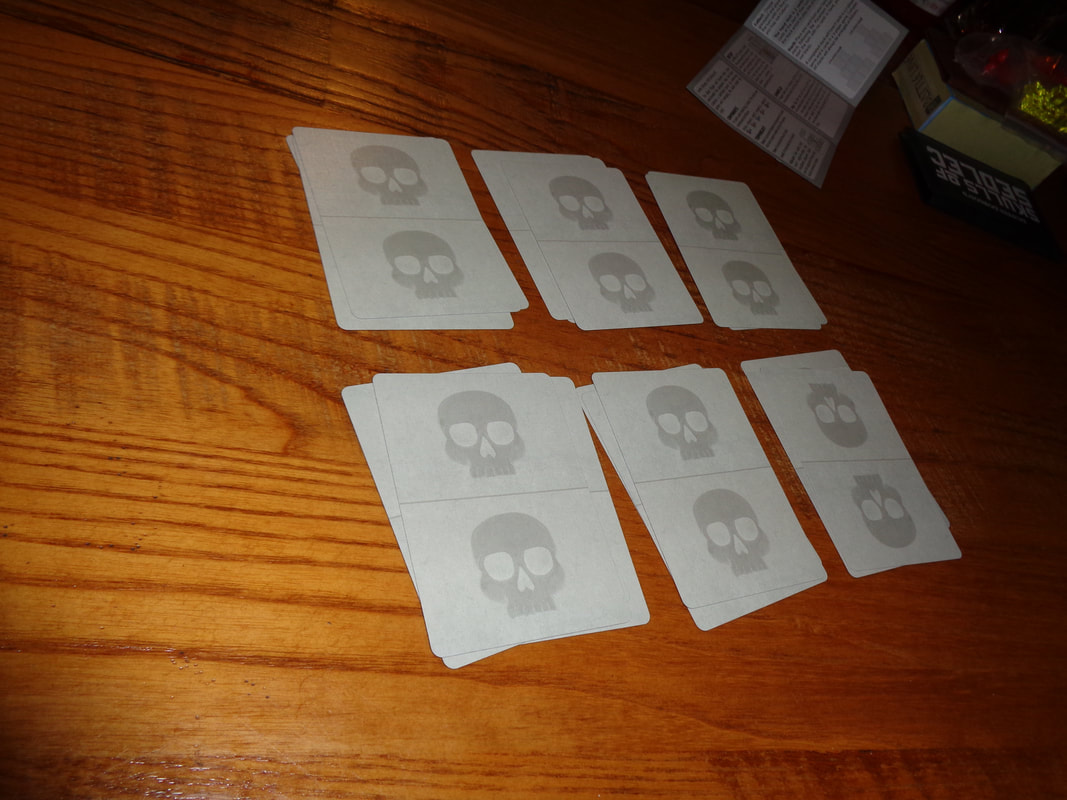
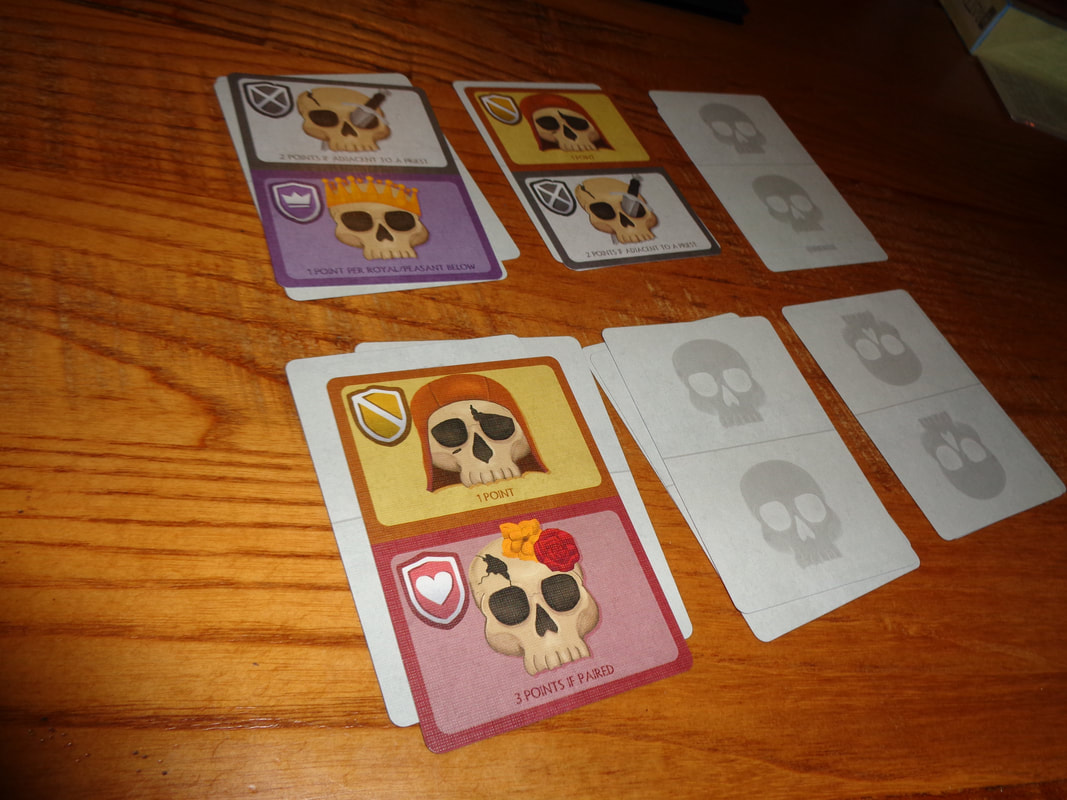
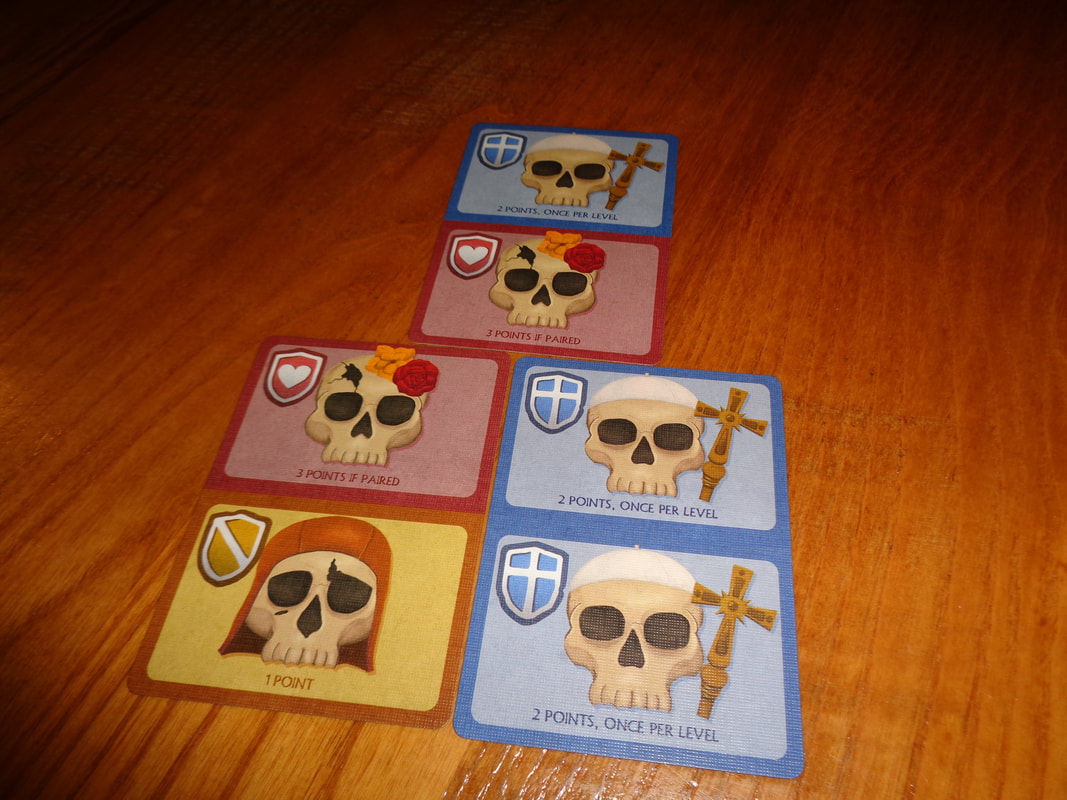
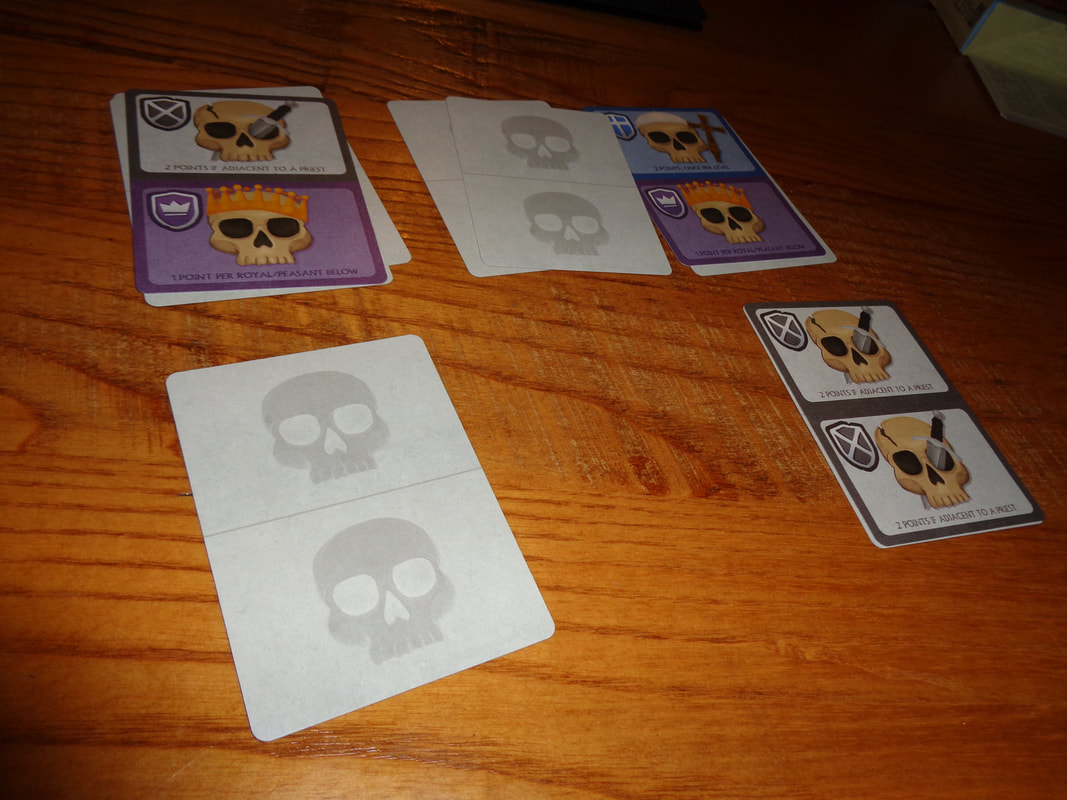
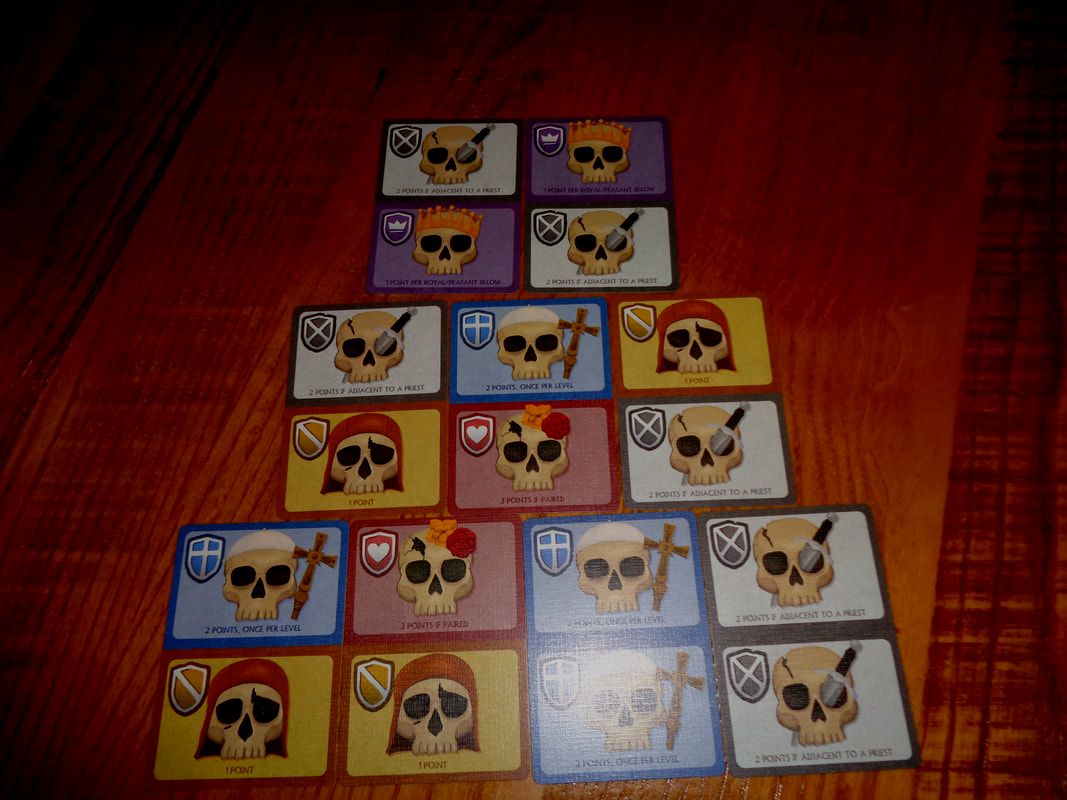
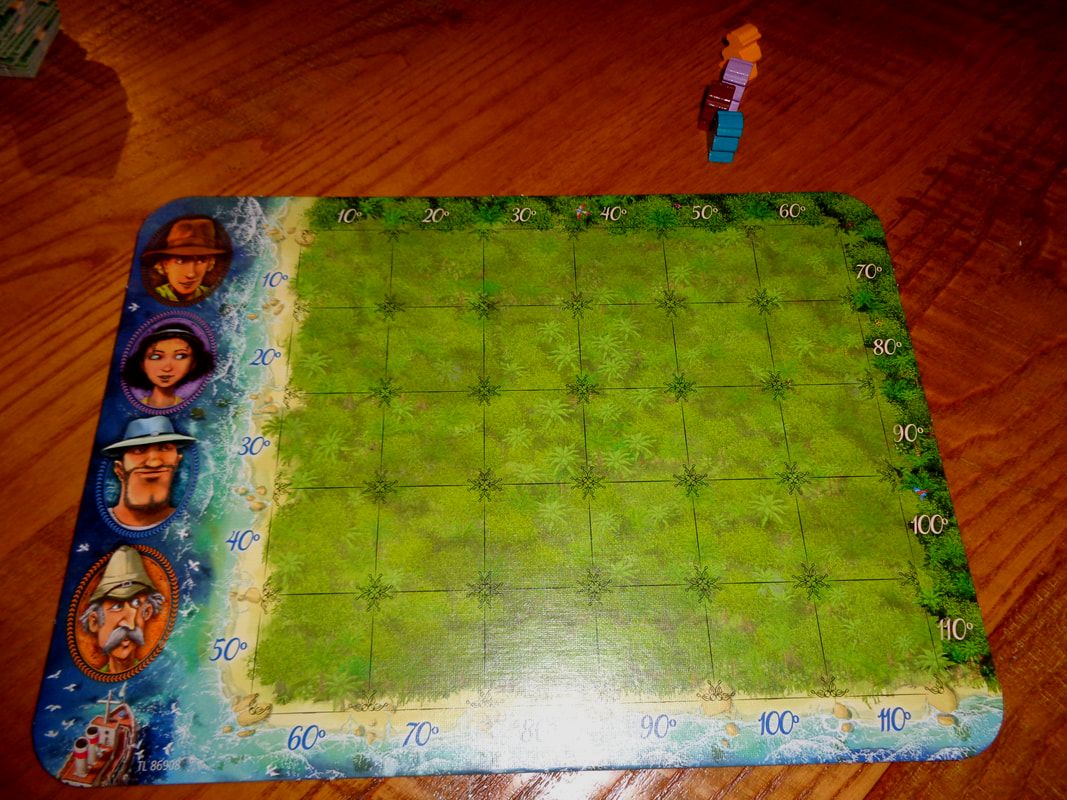
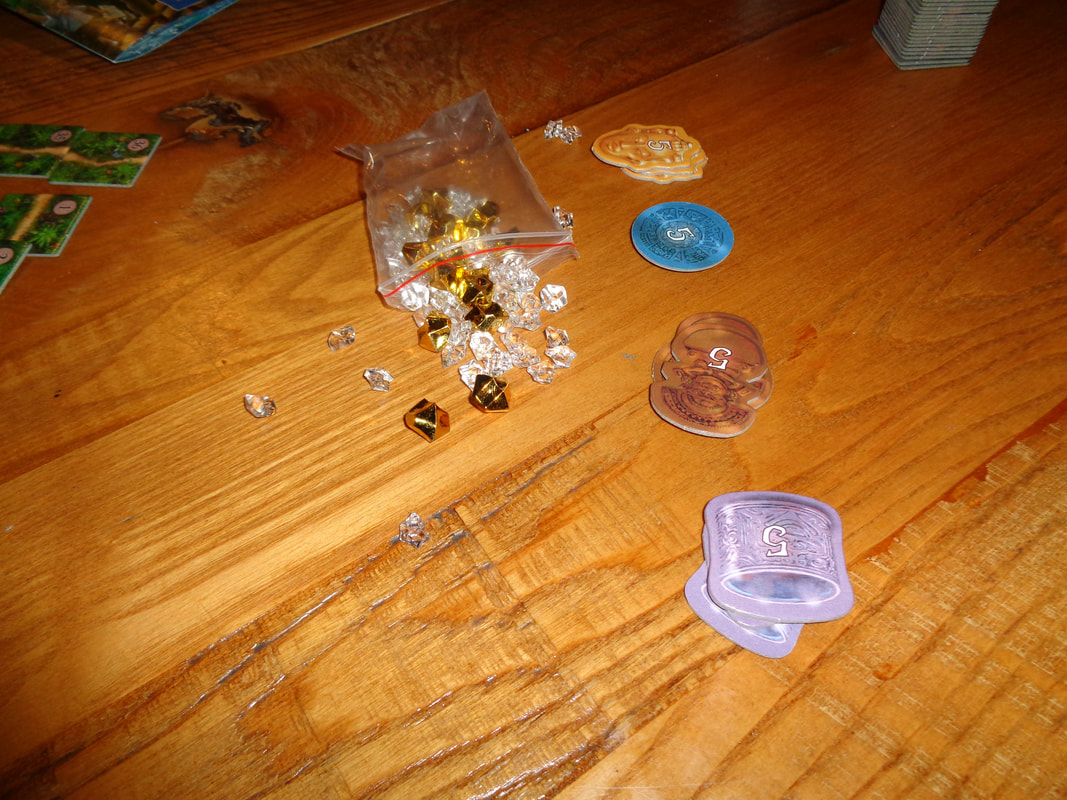
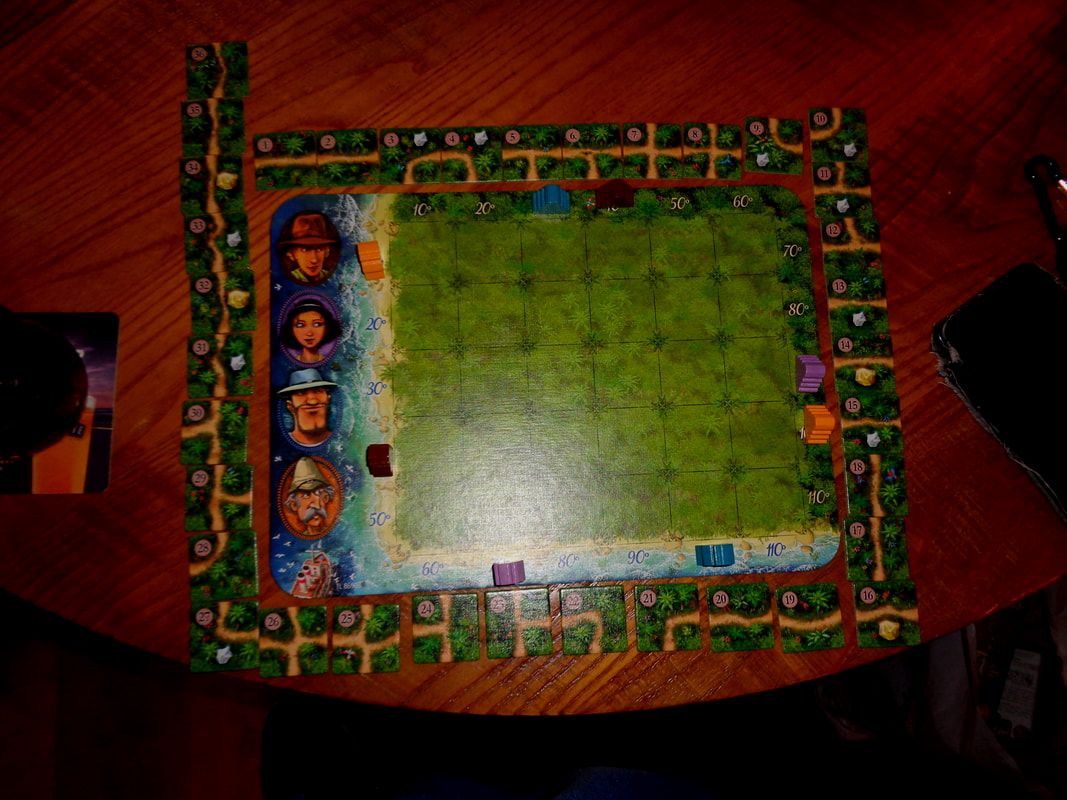
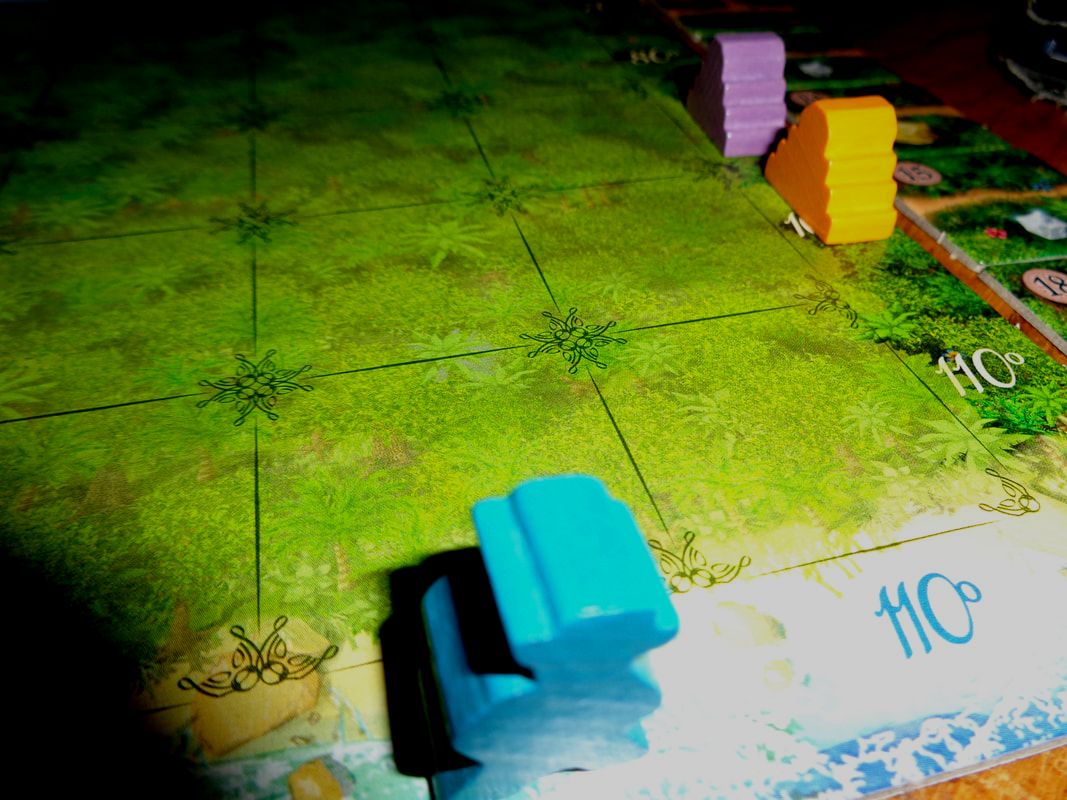
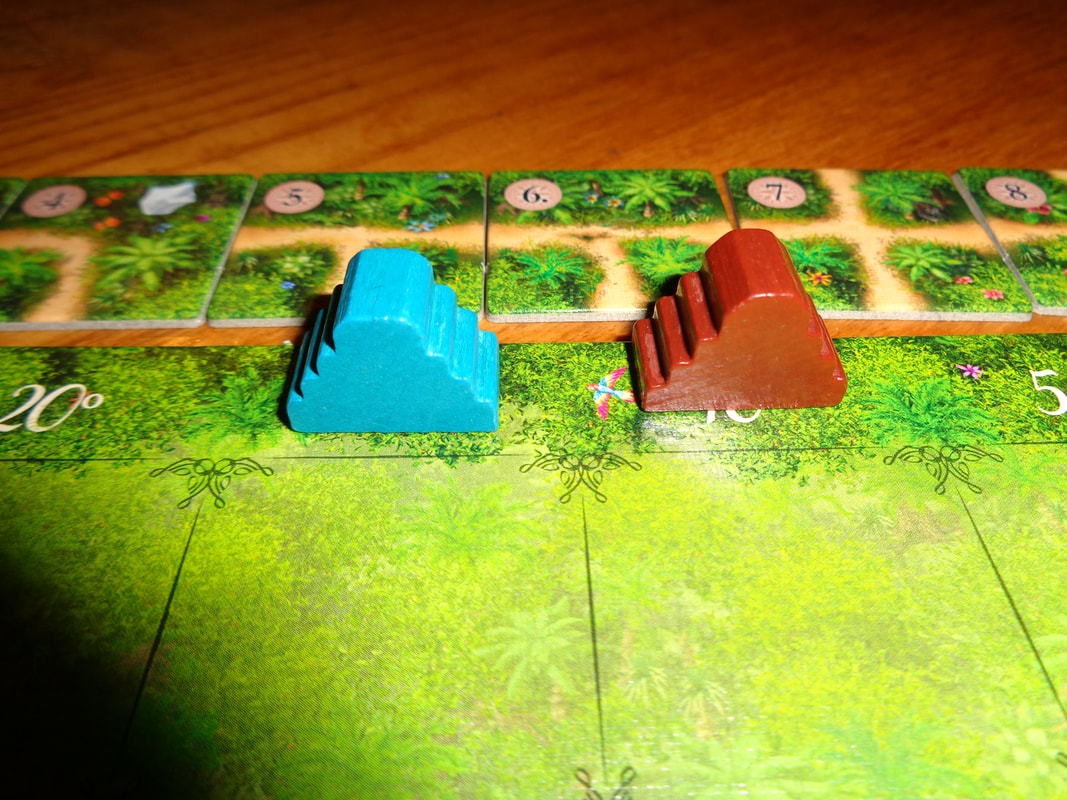
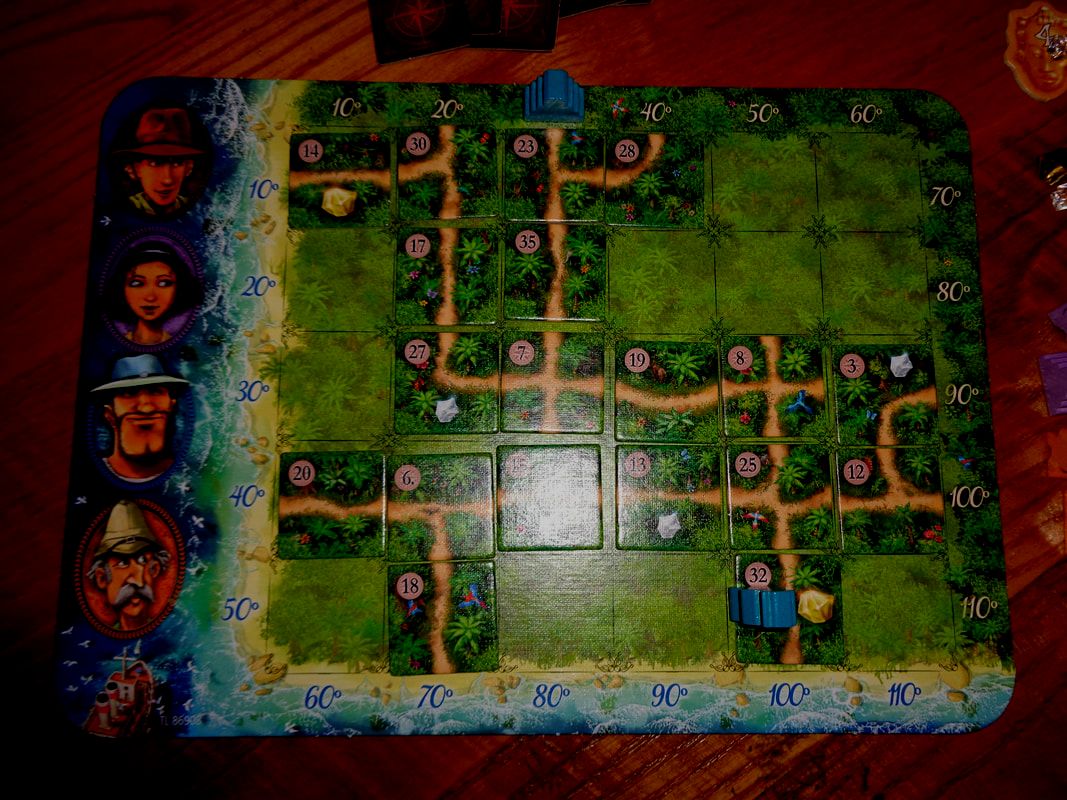
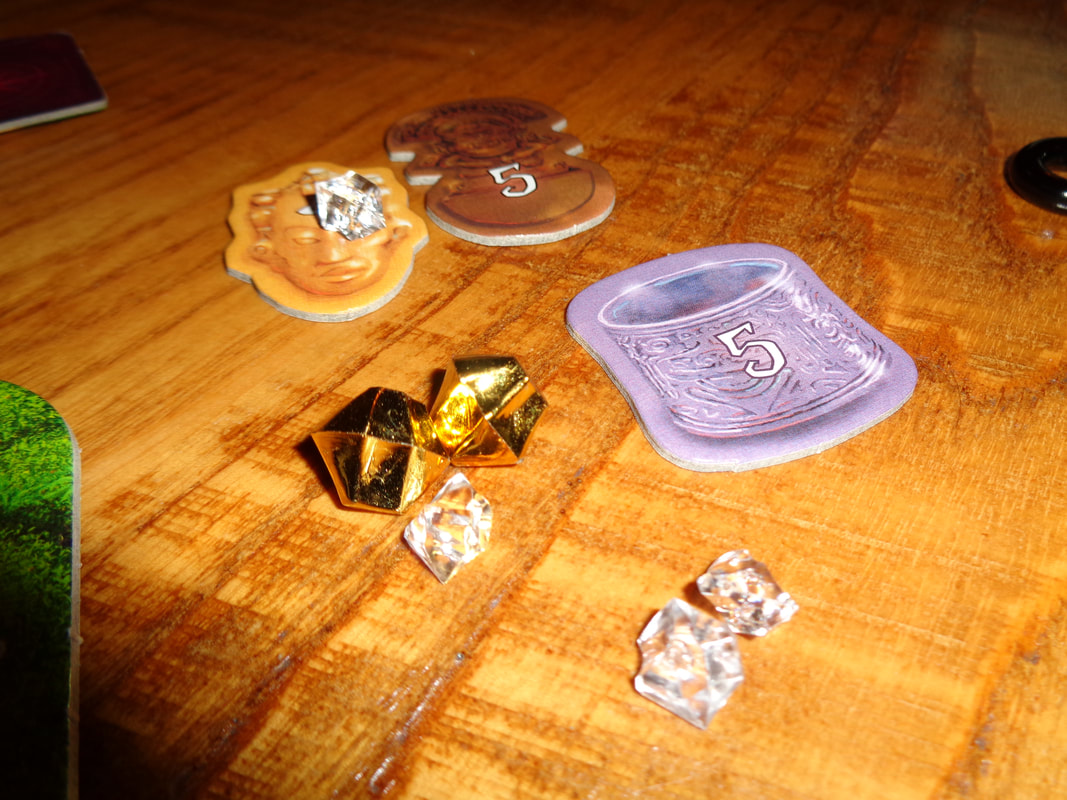
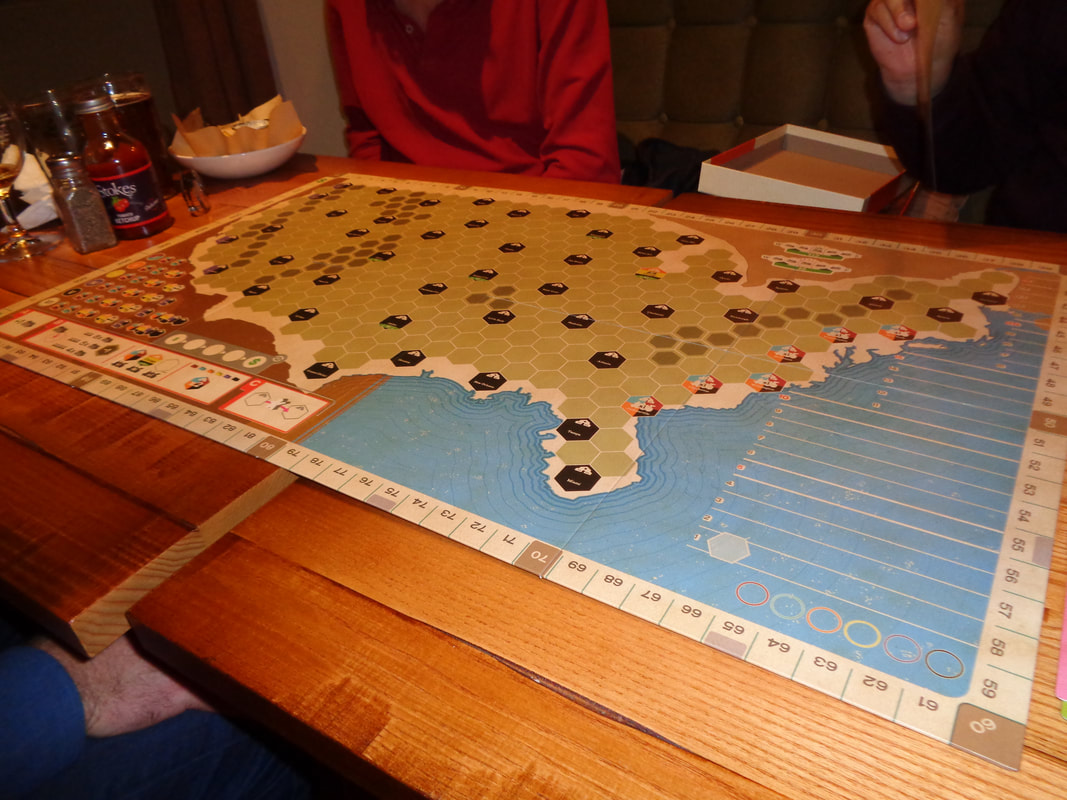
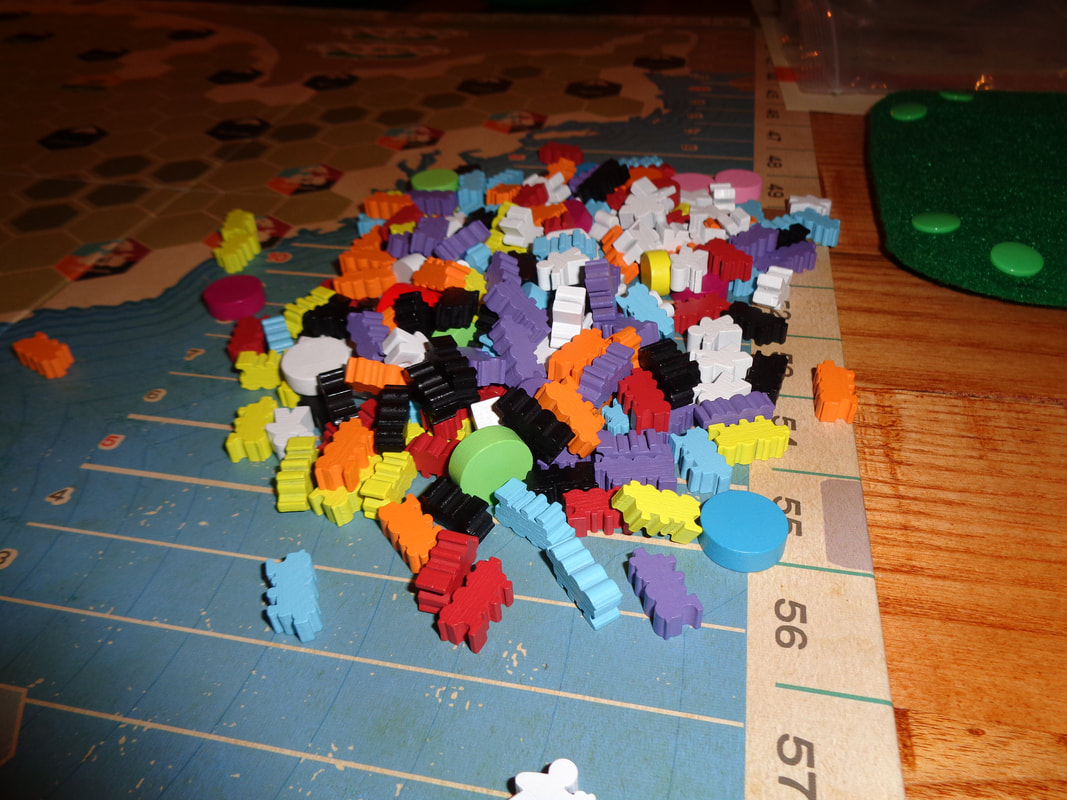
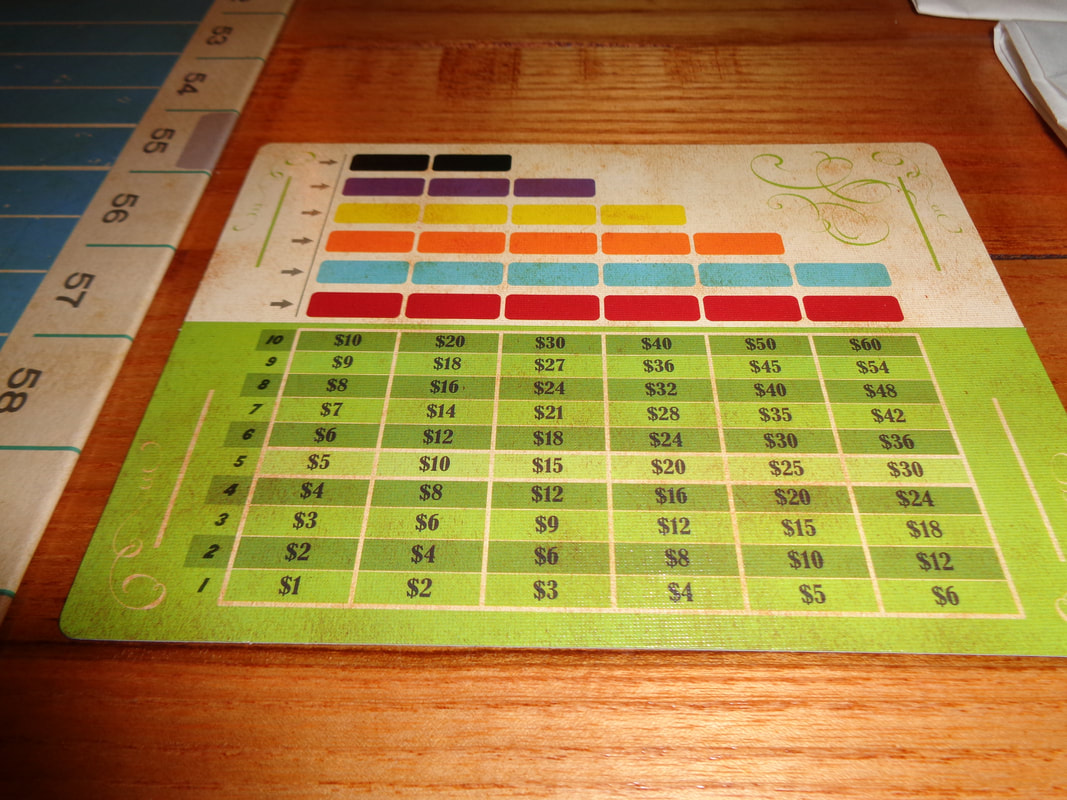
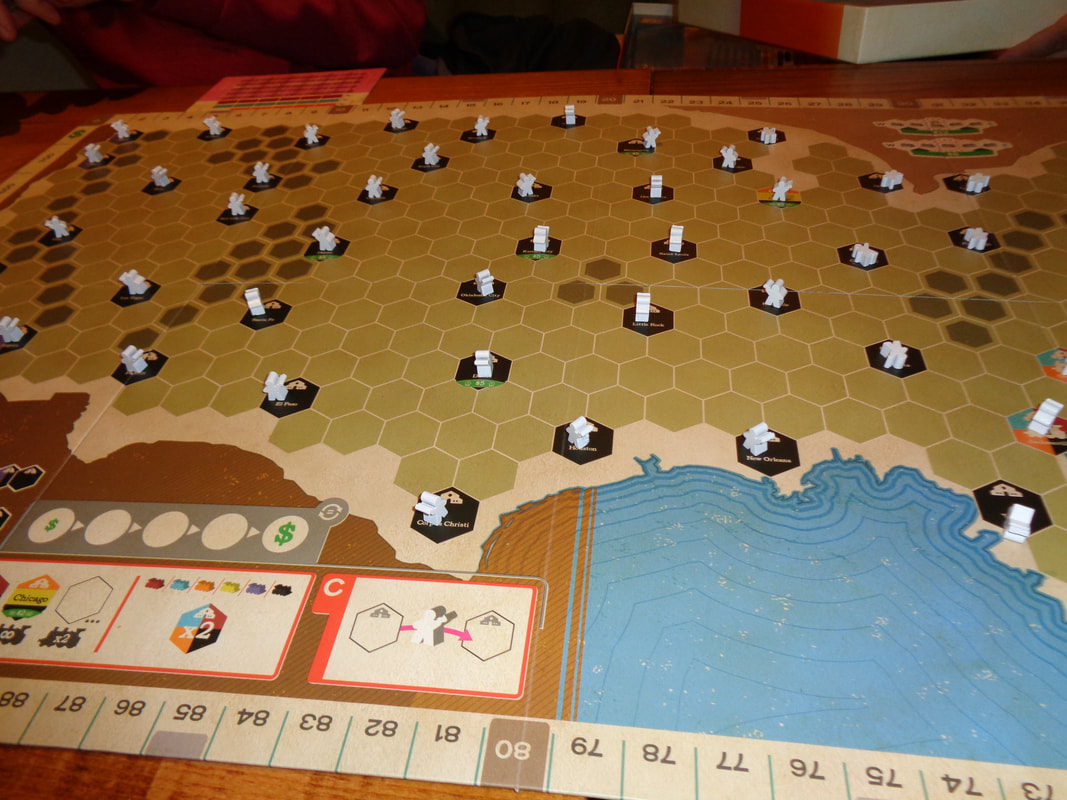
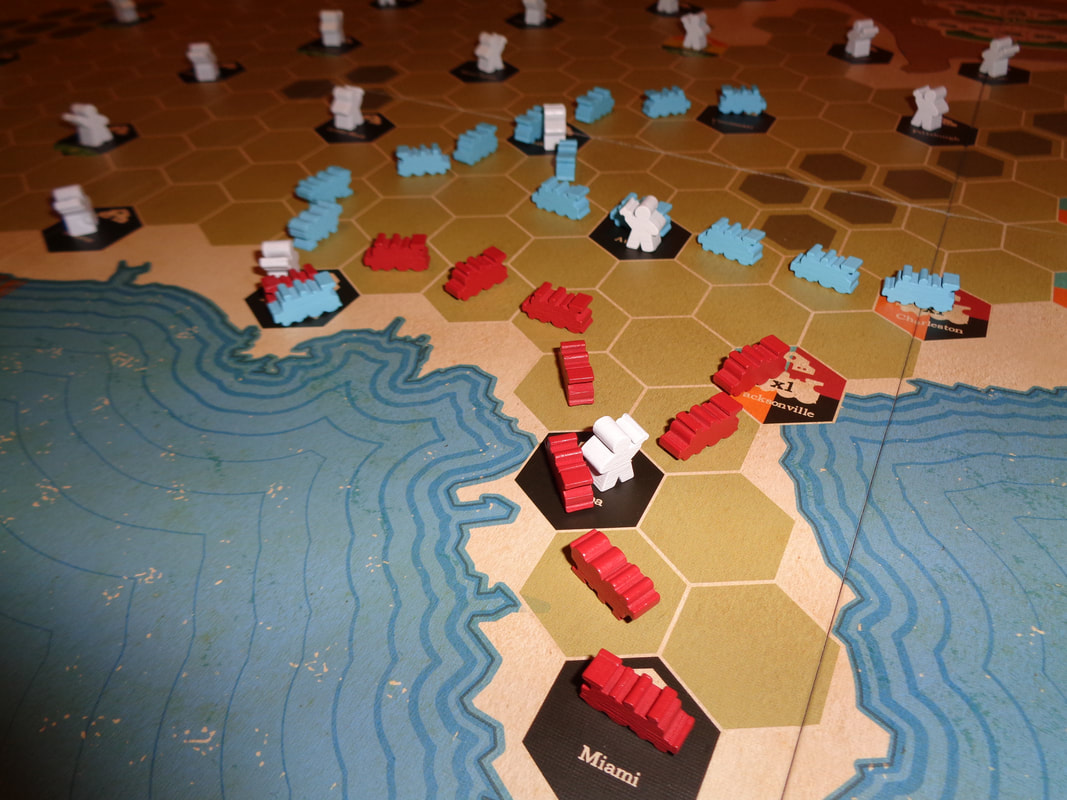
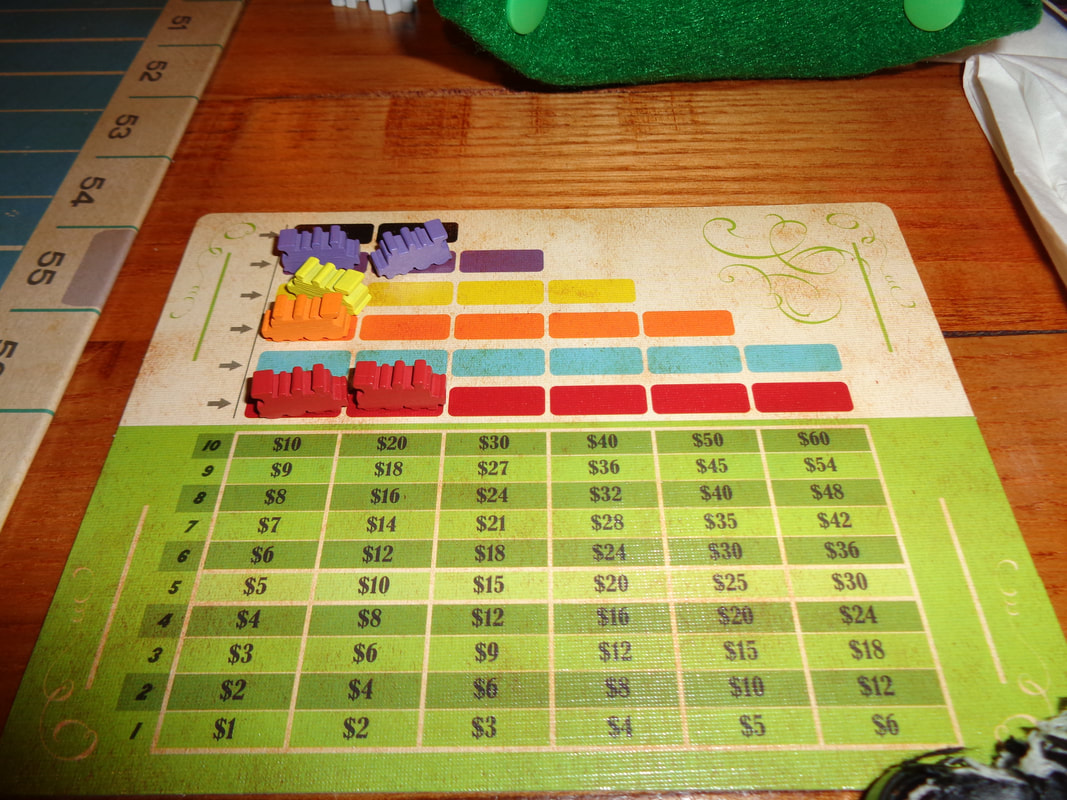
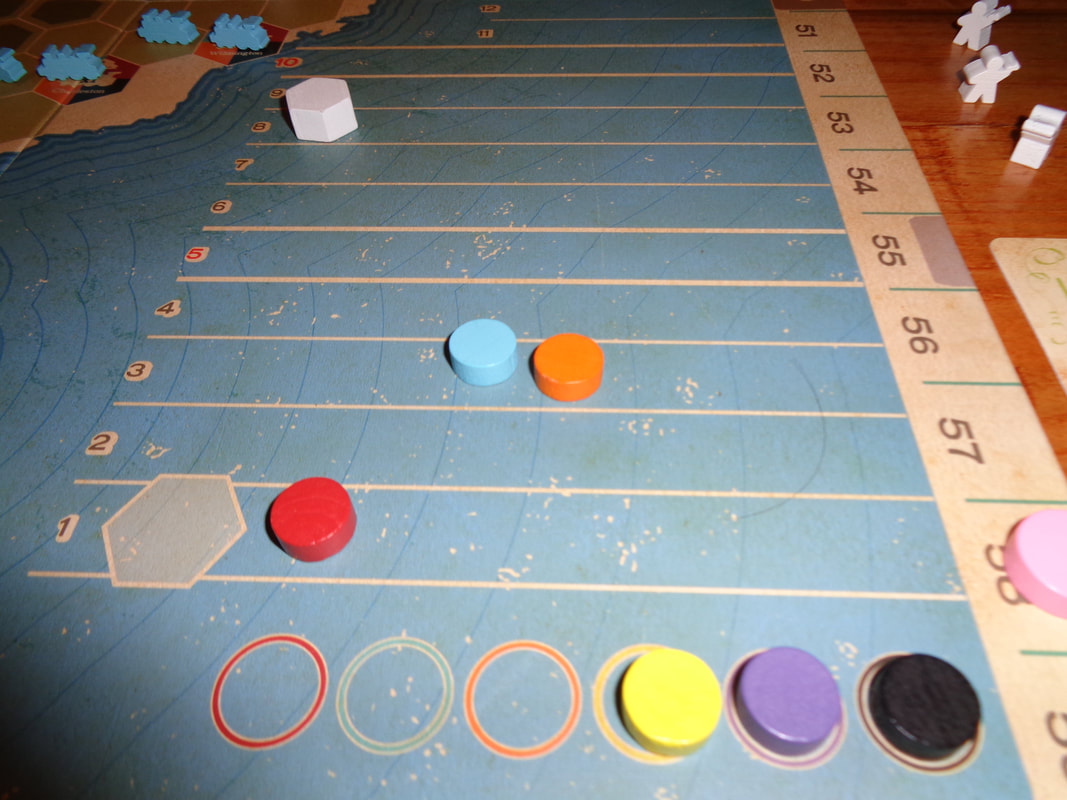
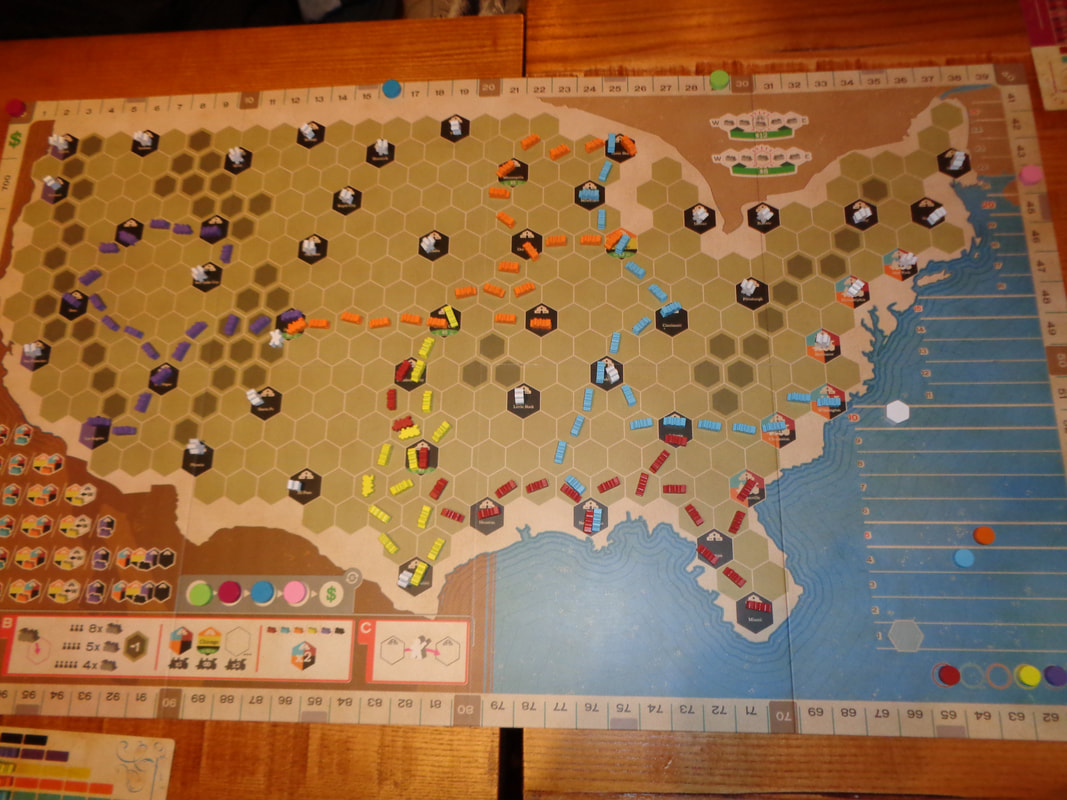
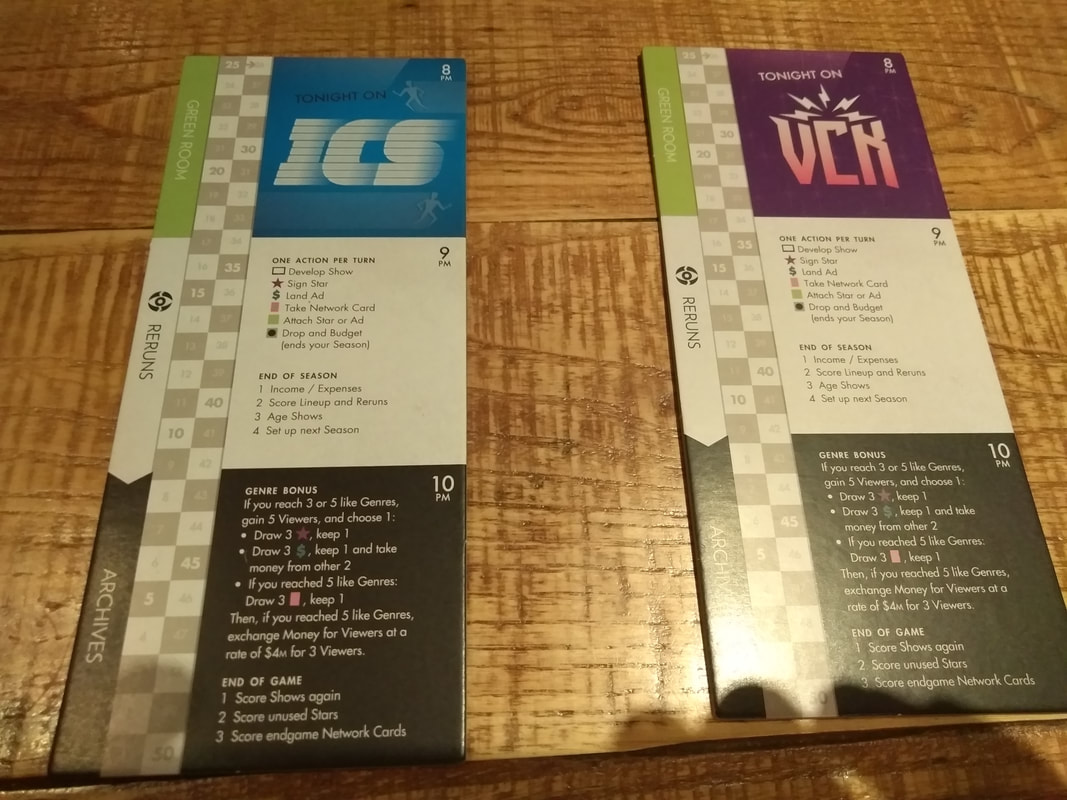
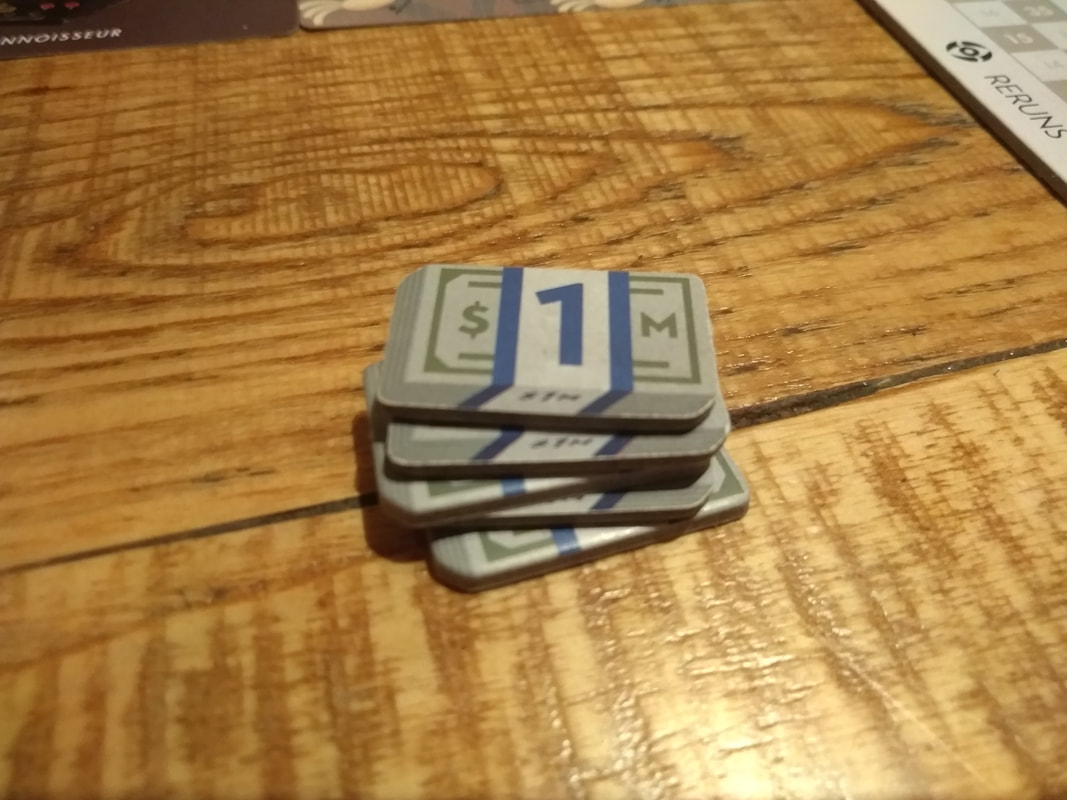
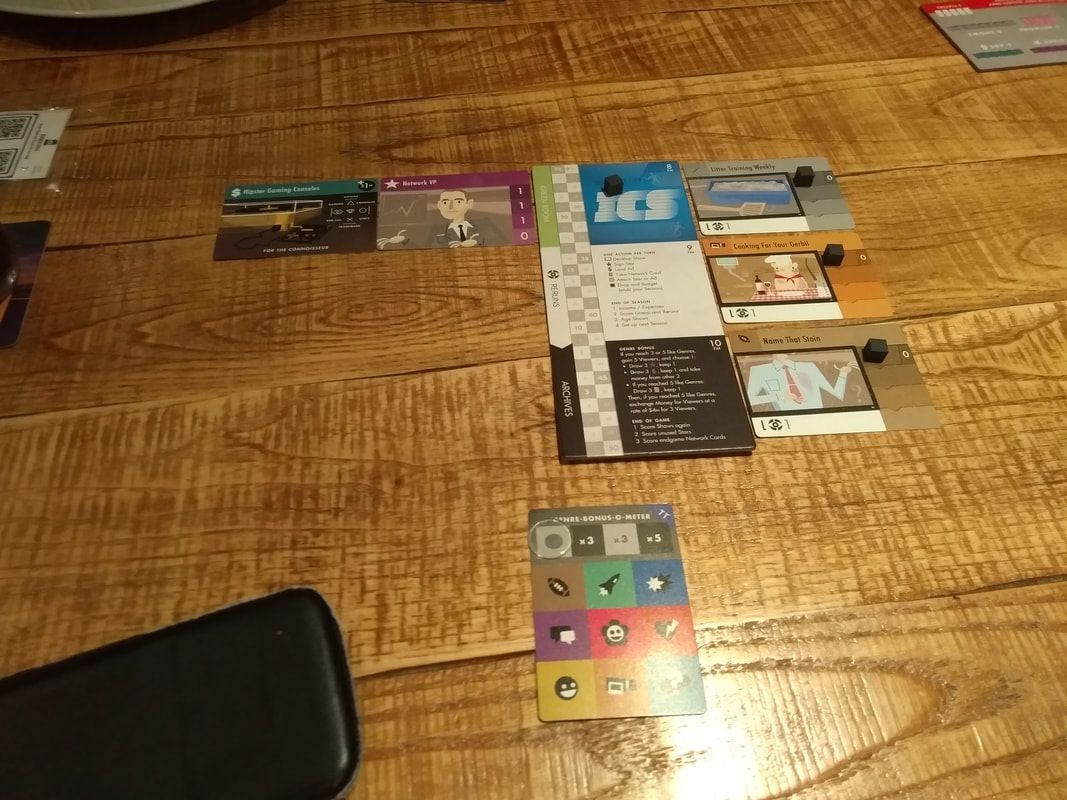
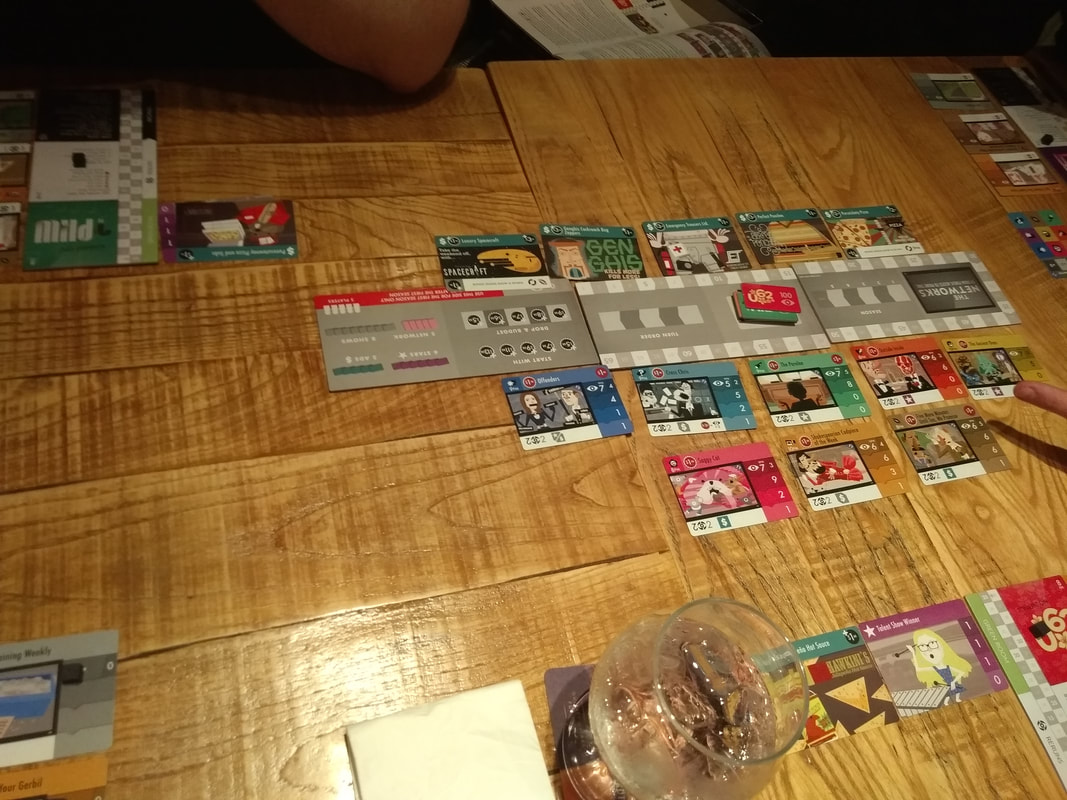
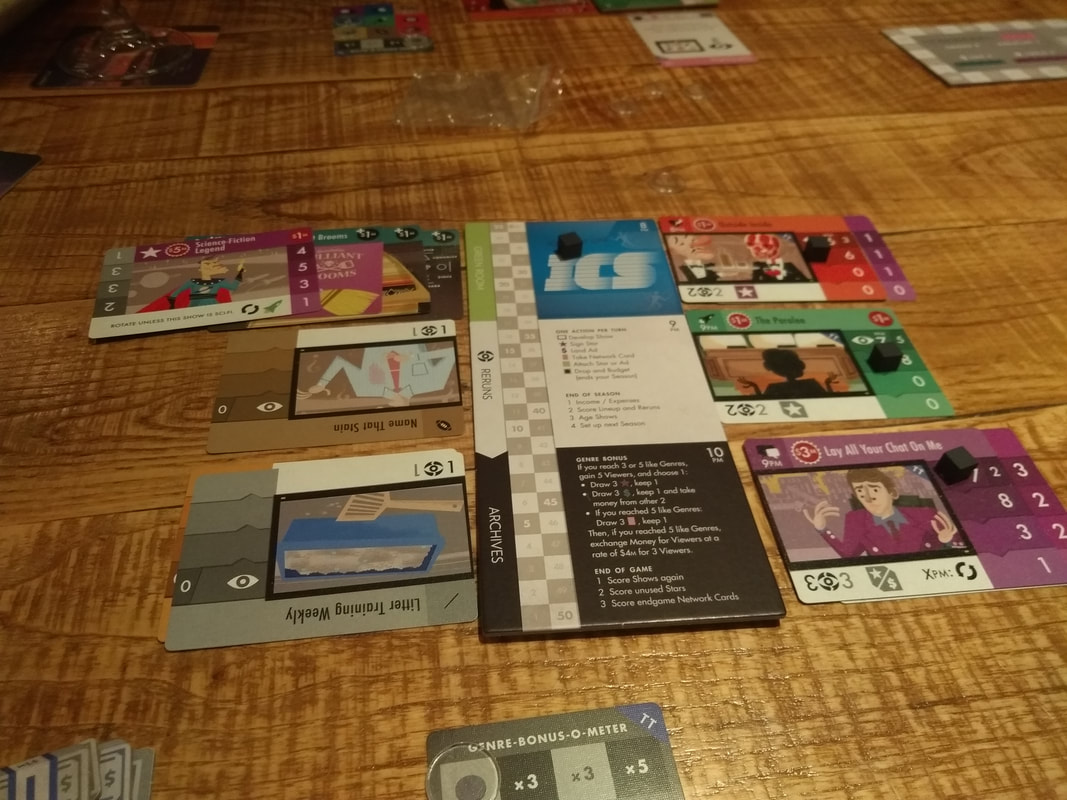
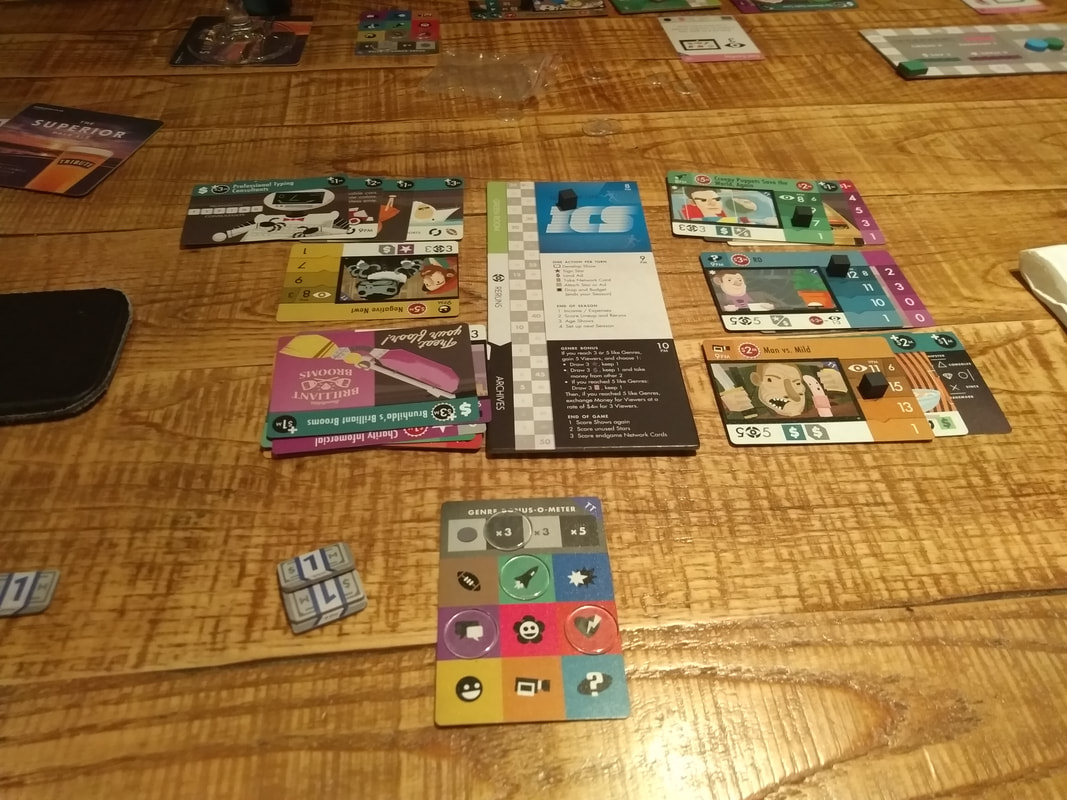
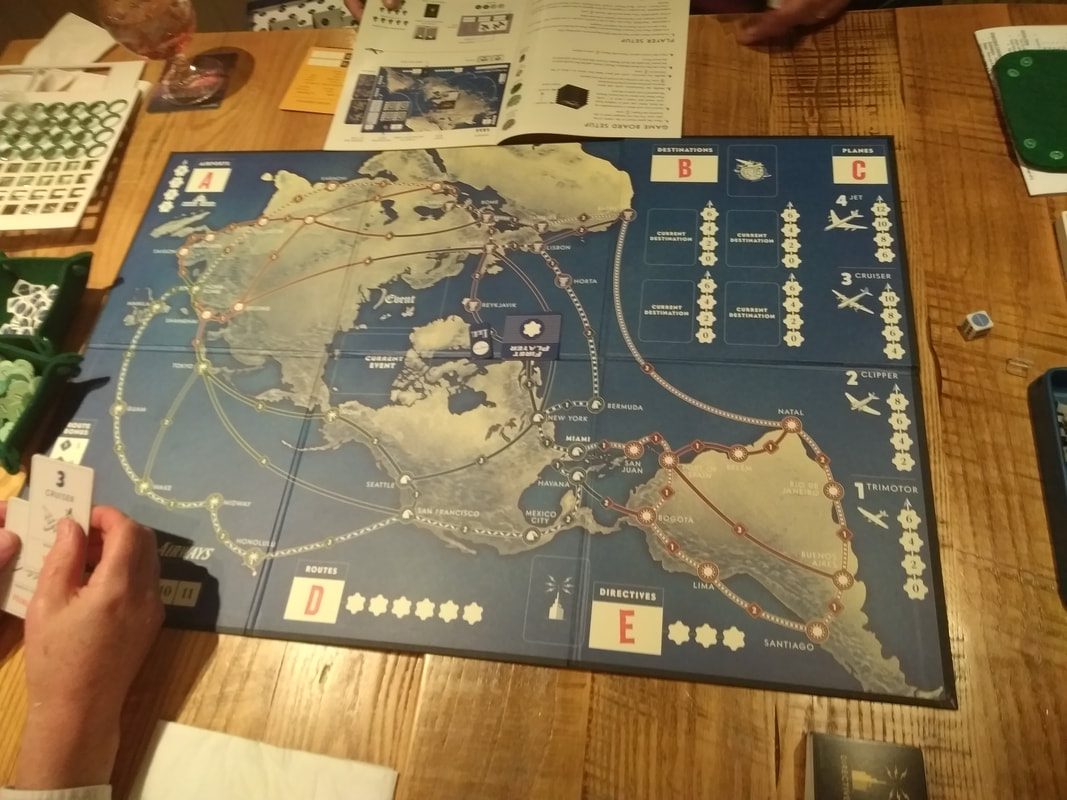
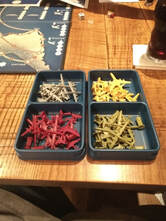
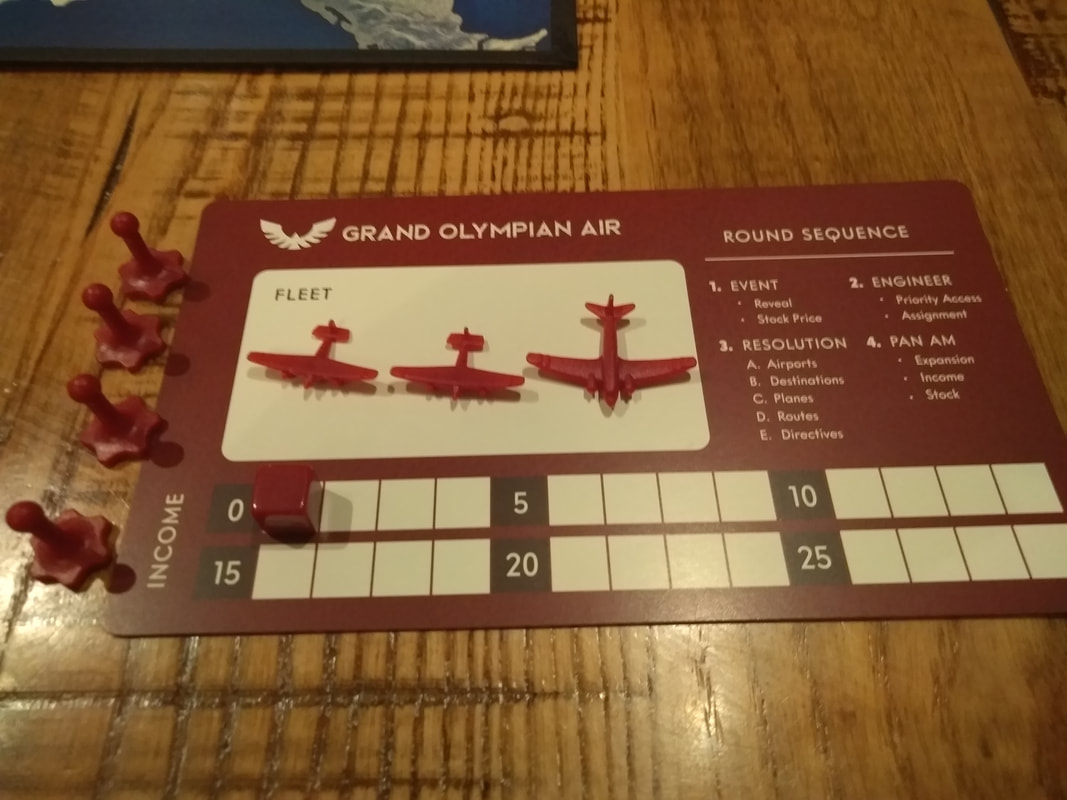
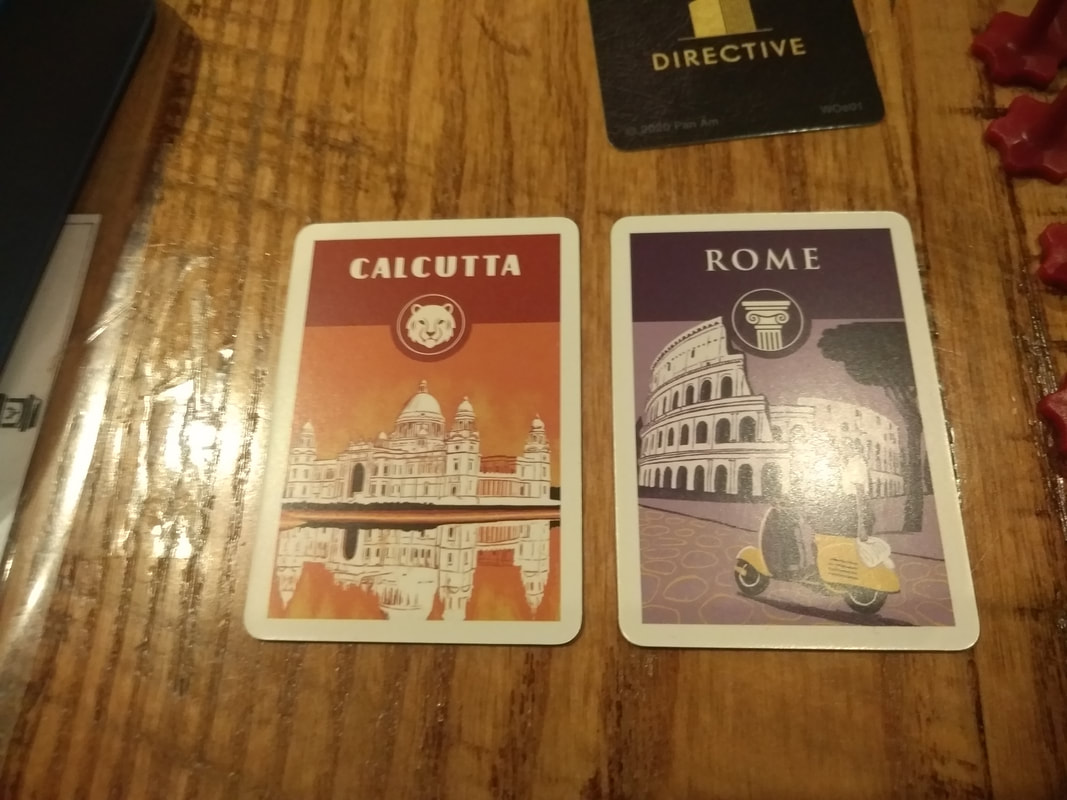
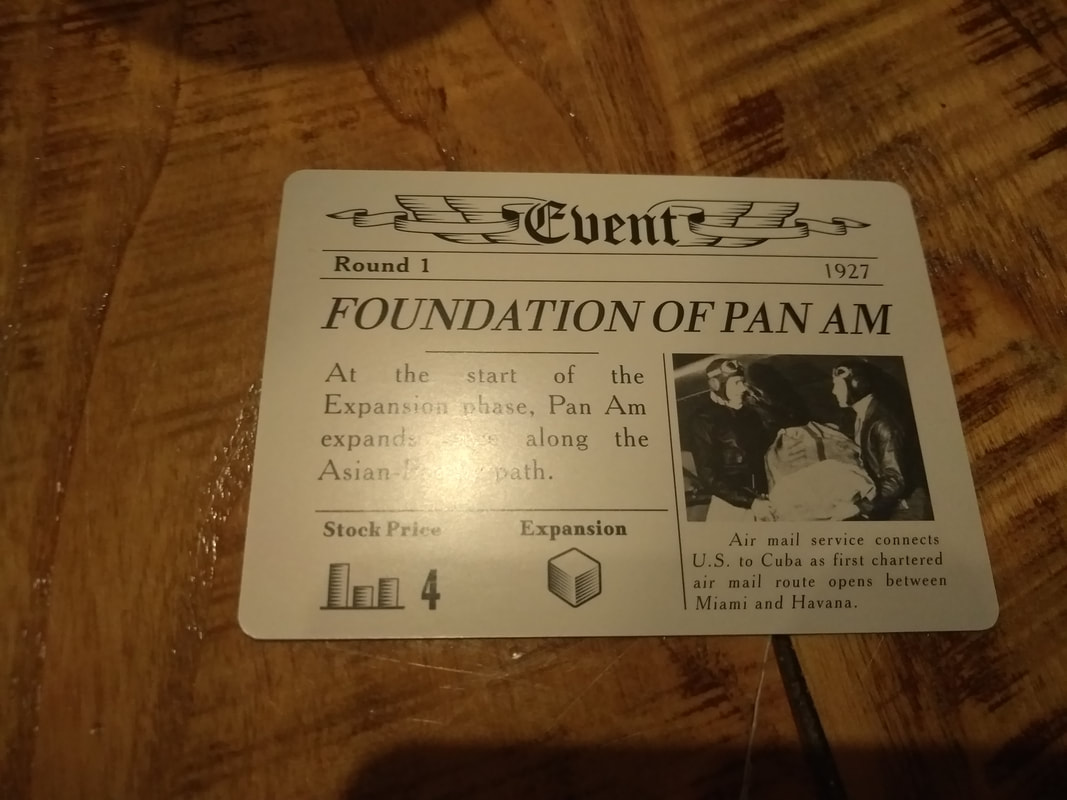
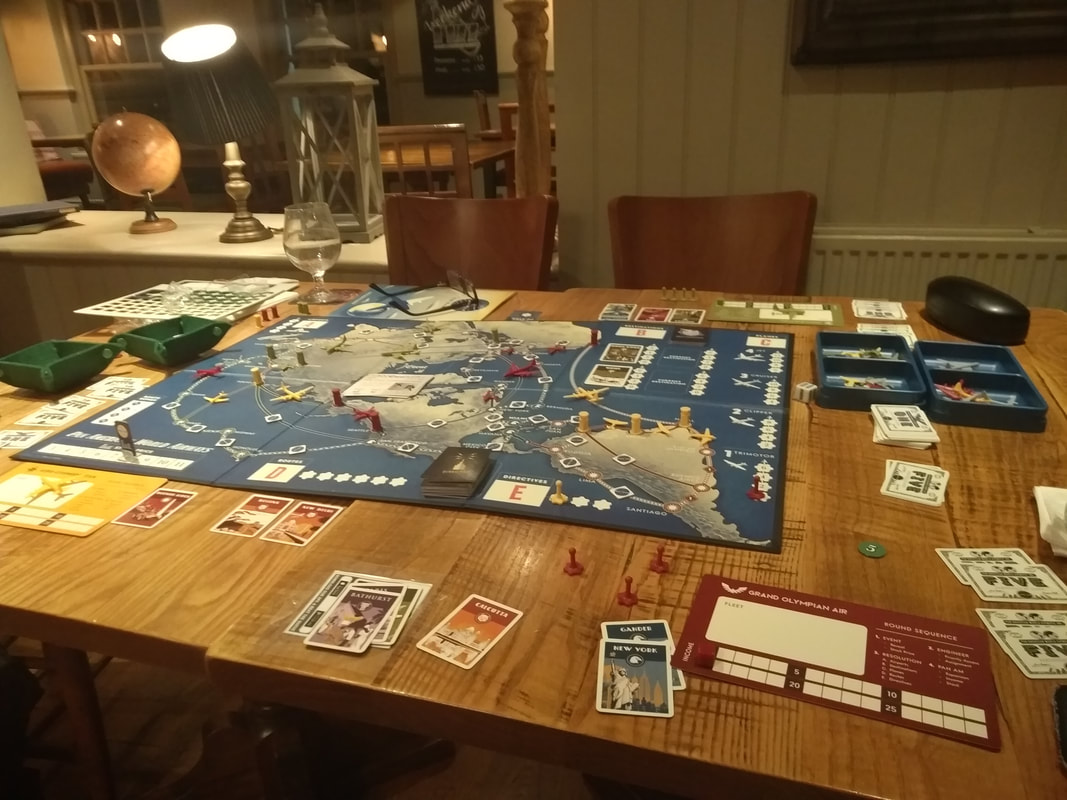
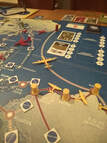
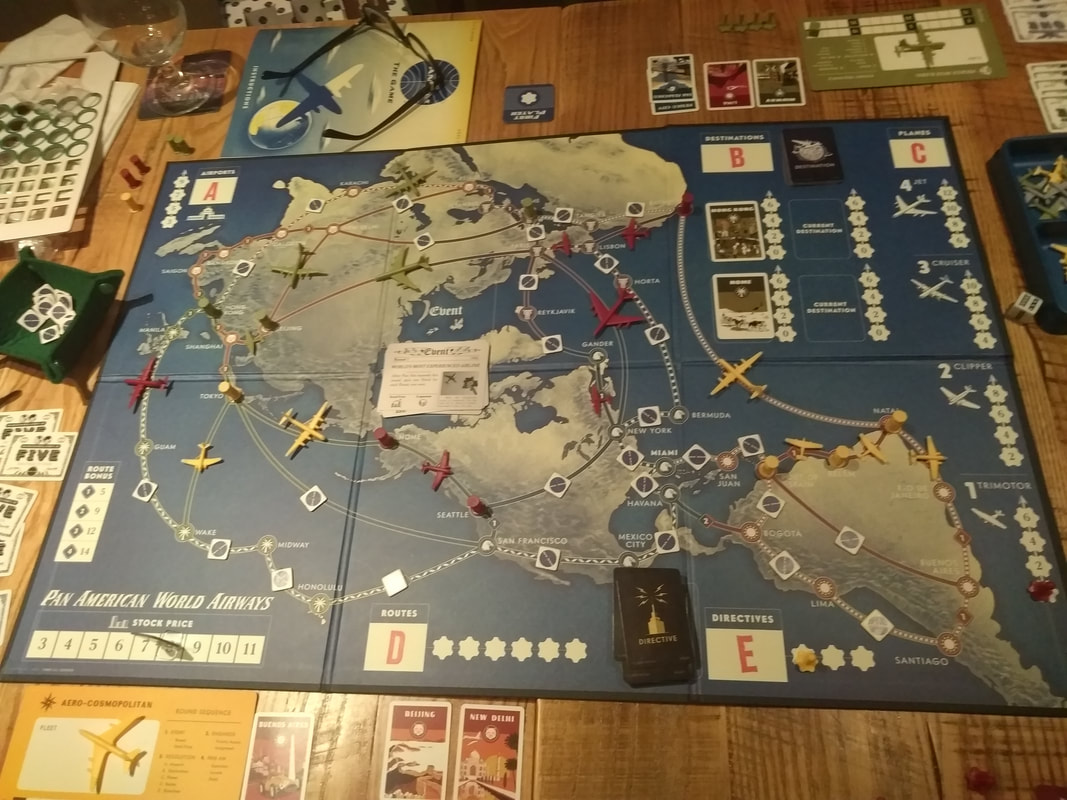
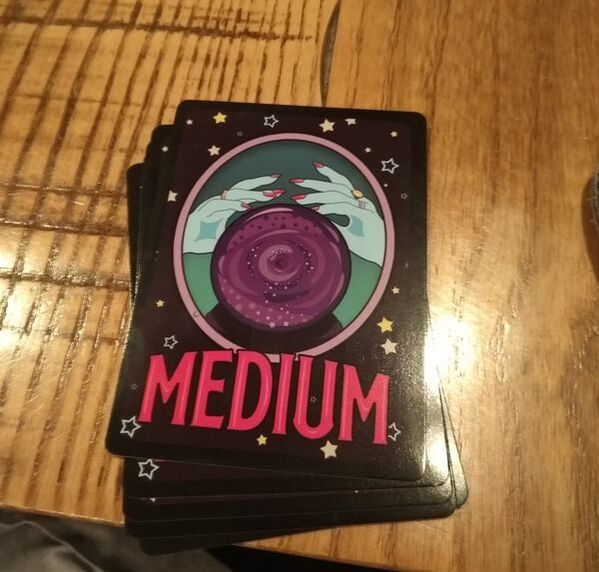
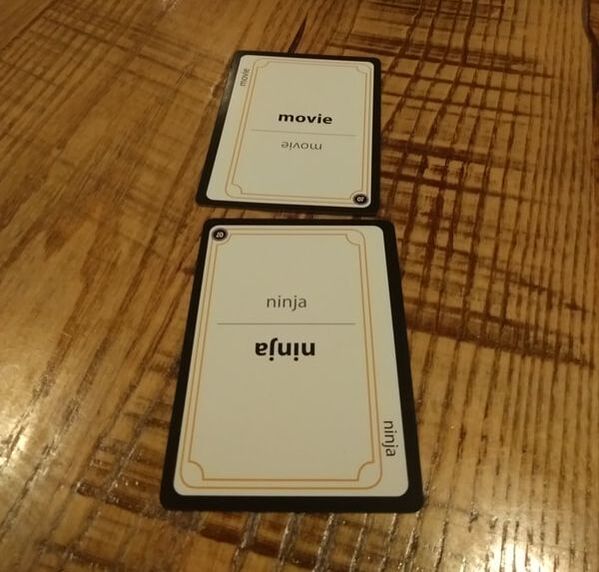
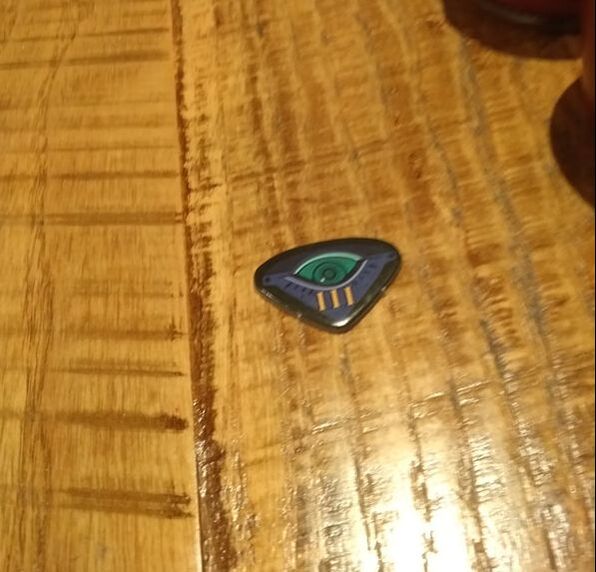
 RSS Feed
RSS Feed
